ECOMMERCE WEBSITE DEVELOPMENT: 10 FACTORS TO KEEP IN MIND







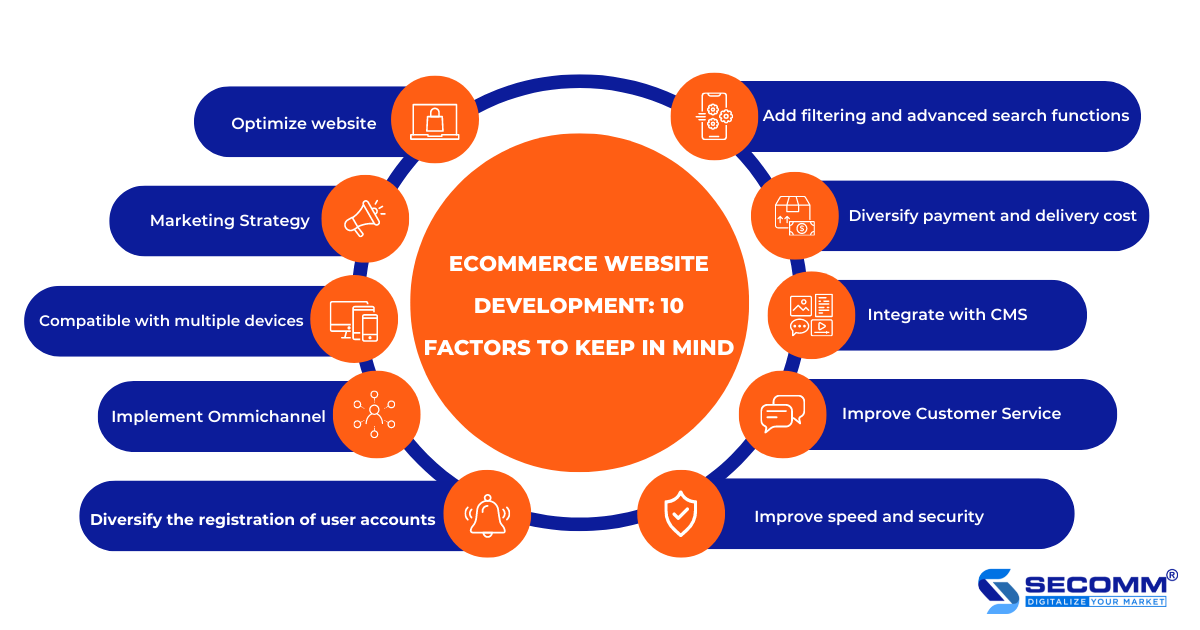
Creating an eCommerce website is a critical step in assisting businesses in spreading their brands and increasing their ability to reach potential customers on the Internet, thereby increasing revenue and profit. However, developing a business website is a complicated process with many aspects, particularly with eCommerce websites.
Businesses must consider everything from user experience to operational performance and many other aspects of the site. Here is a summary of the key factors of an eCommerce website that businesses and website developers should consider before getting started.
SEO and website performance optimization
According to Think with Google research, if a web page takes up to 5 seconds to load, the likelihood of a user exiting increases by 90%. As a result, businesses must prioritize optimization and ensure that their eCommerce website is always operational.
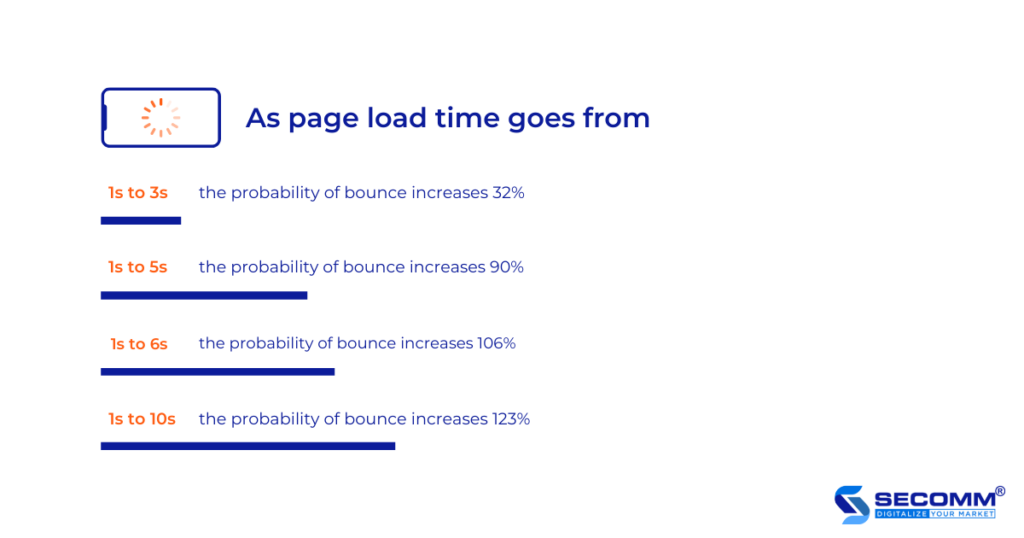
Furthermore, businesses must pay attention to optimizing SEO so that the website has the highest possible ranking on search engines using specific techniques and strategies if they want to maximize revenue on their brand websites. One of them is the strategy of incorporating keywords into the eCommerce website’s content, as well as description, title, and image information.
When adding an “alt text” description to an image, many businesses forget that customers can find their website through image search. This is also a significant flaw that results in a significant loss of potential customers.
Furthermore, in the early stages of e-commerce website deployment, businesses should consider hiring SEO experts. They can launch the website with the necessary meta tags, organize the page structure and internal links, create content strategies, design recommendations for cross-device-friendly functionality, improve page load speed, and many other critical aspects.
Marketing strategy fulfillment
A good marketing strategy may benefit the first orders offline and online, particularly in eCommerce. Creating an early marketing strategy assists businesses in identifying the features that must be included in developing eCommerce systems.
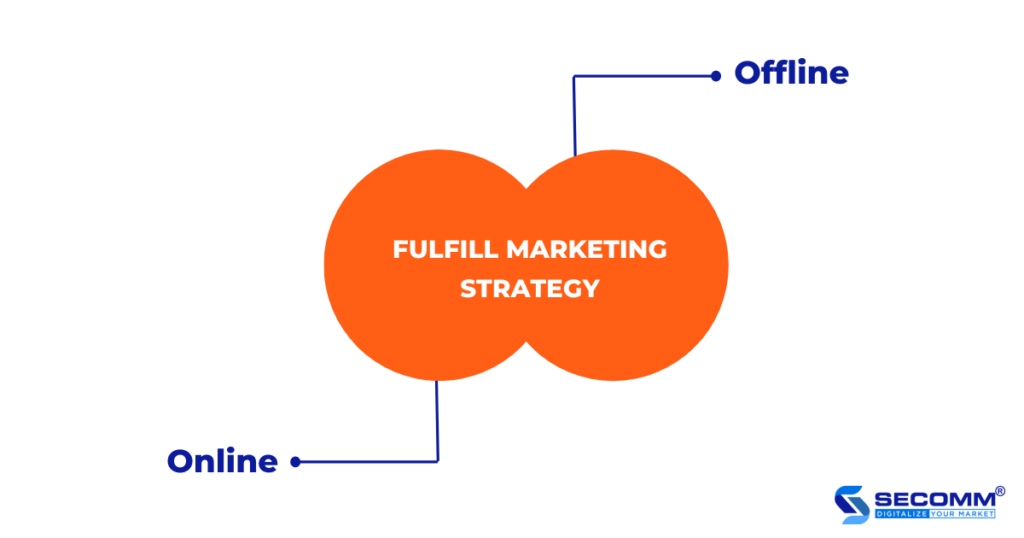
For example, when businesses want to add the option to share a promotion campaign to social networks or push notifications on mobile apps from an eCommerce website, it will be more effective if this is part of the Marketing strategy and is planned to be implemented during the development of the eCommerce website rather than proposed to be developed after the website has been launched.
Multi-devices compatible website
According to the World Bank, two-thirds of adults worldwide use digital payments, with this figure expected to rise from 35% in 2014 to 57% by 2021. Although users prefer to make purchases via mobile apps, businesses can still increase conversions if the eCommerce interface is easily adaptable to the mobile web.
For example, after releasing a more optimized responsive design, Walmart Canada successfully increased website conversions by 20% and improved mobile order growth by 98%.
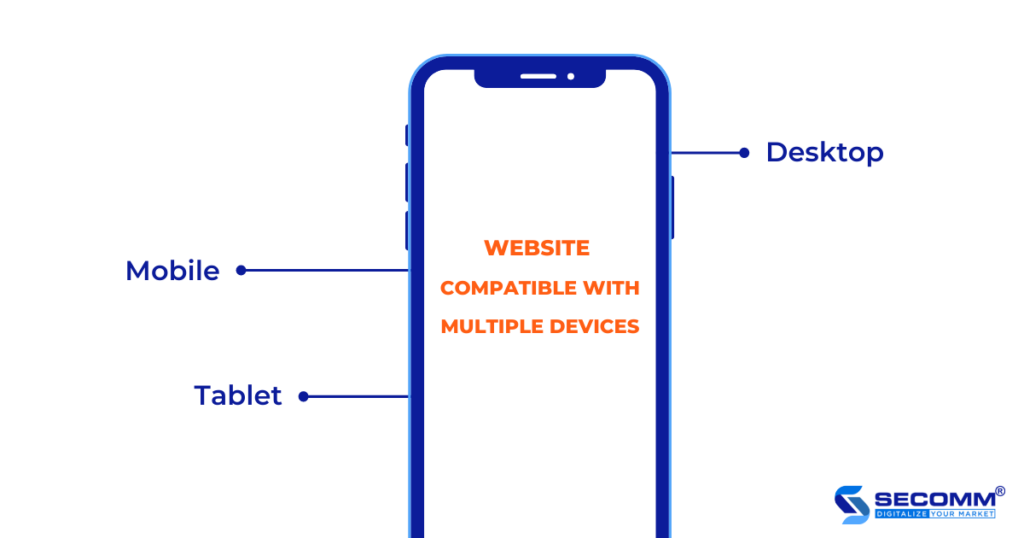
Furthermore, businesses must ensure that customers from all over the world can easily access and shop on their eCommerce website using any available browser.
As a result, businesses will conduct cross-browser testing using Google Chrome, Internet Explorer, Firefox, Opera, Safari, and other browsers to find and fix errors, ensuring customers have a great shopping experience on your website using any browser, any device, and anywhere. Businesses can hire a qualified third party to assist them, or they can conduct their own testing using a few available help tools.
Implement Omnichannel
In the digital age, “Omnichannel” is becoming increasingly popular and is an essential communication strategy between businesses and their customers. Every business should adopt an omnichannel strategy to connect with customers, increase traffic, drive sales, and survive the changes of the times.
As a result, implementing Omnichannel enables businesses to synchronize all sales channels for easier data management and increased eCommerce business efficiency. At the same time, Omnichannel provides customers with a seamless experience, allowing businesses to sell omnichannel and increase conversion rates.
When implementing Omnichannel, businesses can use Omnichannel platforms and systems (ETP Group, NEF, GoSELL) or choose one system as the data center for the entire system, such as an eCommerce system (Magento), ERP (Odoo, SAP).
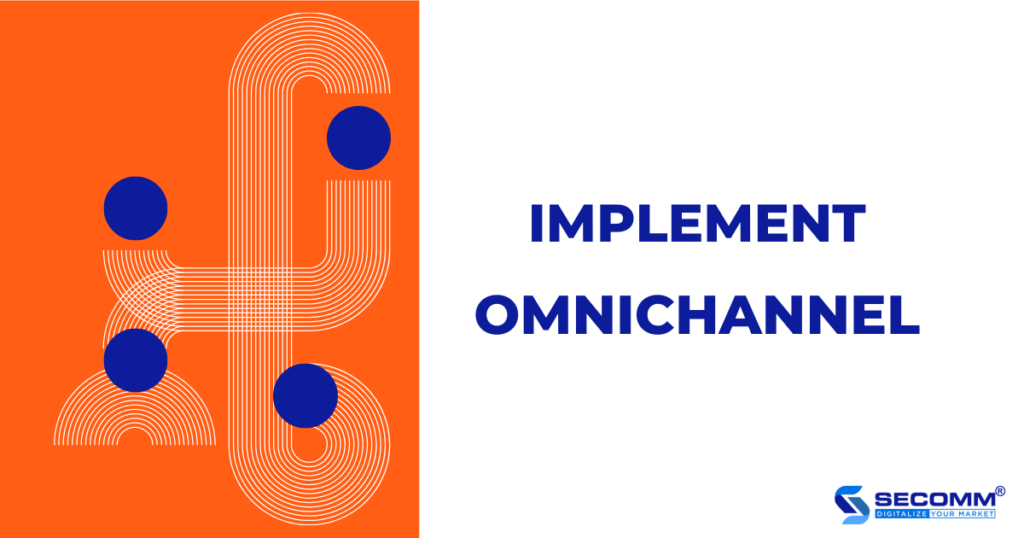
Omnichannel implementation process:
- Step 1: Data collection: Customers, Sales (Sales), Marketing,…
- Step 2: Analyze data to identify issues for improvement to implement Omnichannel effectively.
- Step 3: Create customer journeys and align campaign messages across sales channels.
- Step 4: Check, evaluate and optimize Omnichannel
Diversify the registration of user accounts
Most eCommerce websites require customers to create an account before making a purchase. This allows businesses to store the customer’s purchase history, delivery address for demographic analysis, purchase behavior assessment, sales analysis, and incentive to buy next time through Marketing campaigns.
Regular customers, in particular, will be willing to do this to reap the benefits of having an account on the website, such as quickly saving information for the next purchase or receiving notifications about upcoming big promotions. However, not all customers want to register for an account to purchase products.
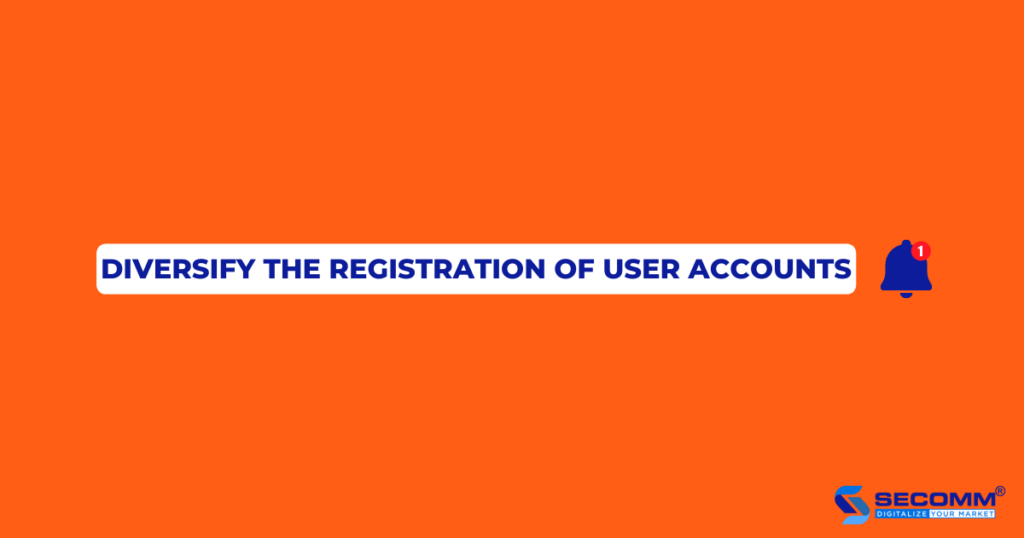
Therefore, businesses must provide options for customers who want to buy goods without registering an account, such as requiring customers to log in with a social network account or fill out a small payment form with their name, email, phone number, and address to complete the purchase process.
The eCommerce website system will automatically create an account and submit guest email login information in both cases.
Add filtering and advanced search functions to the website.
Even on websites that do not sell anything, users frequently use the search bar. For businesses with eCommerce websites, the search bar must provide advanced search functionality.
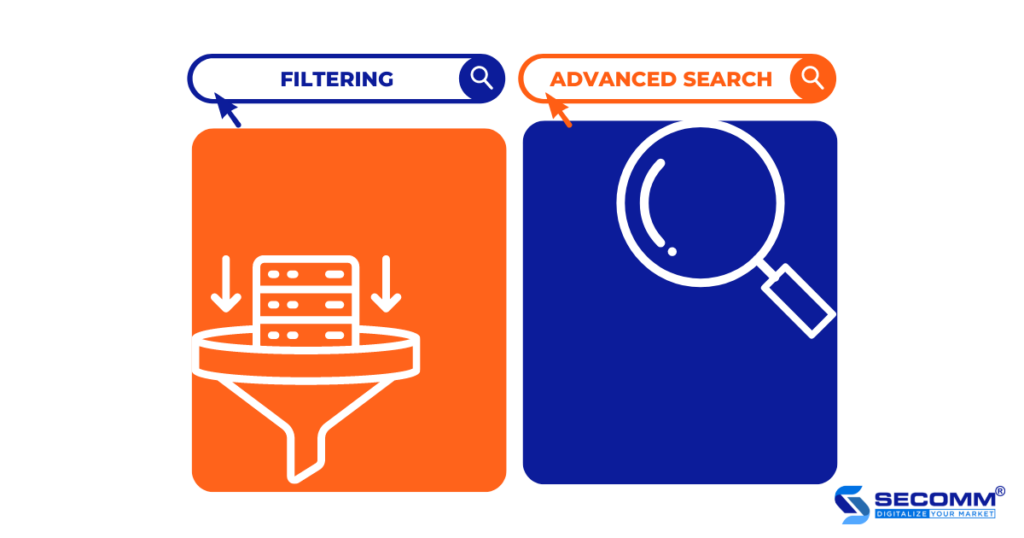
The image search feature, for example, allows users to upload a photo of a favorite item and have the eCommerce website’s search engine return products that are the same, nearly identical, or similar to the product the customers are looking for.
If users don’t know what to look for and need some suggestions, they should browse the website’s product categories. In these cases, the multi-layered product catalog function is extremely useful. In other cases, customers already have search objectives; a search bar with advanced support functions will also assist customers in finding the products they require with a few clicks.
Diversify payment methods and delivery costs
Because online shopping and payments are becoming incredibly popular, it is critical to provide the appropriate payment options when developing an eCommerce website. According to the Payment Methods Report 2019, many shoppers abandon shopping carts because of delivery costs (55%) and complicated checkout processes (26%).
As a result, depending on the product and market that the company is targeting, the company will select a payment method that is appropriate for customers, products, and regions. The most popular payment methods in North America, according to Hostgator, are PayPal, Amazon Pay, Google Pay, Apple Pay, Visa or MasterCard, and so on.
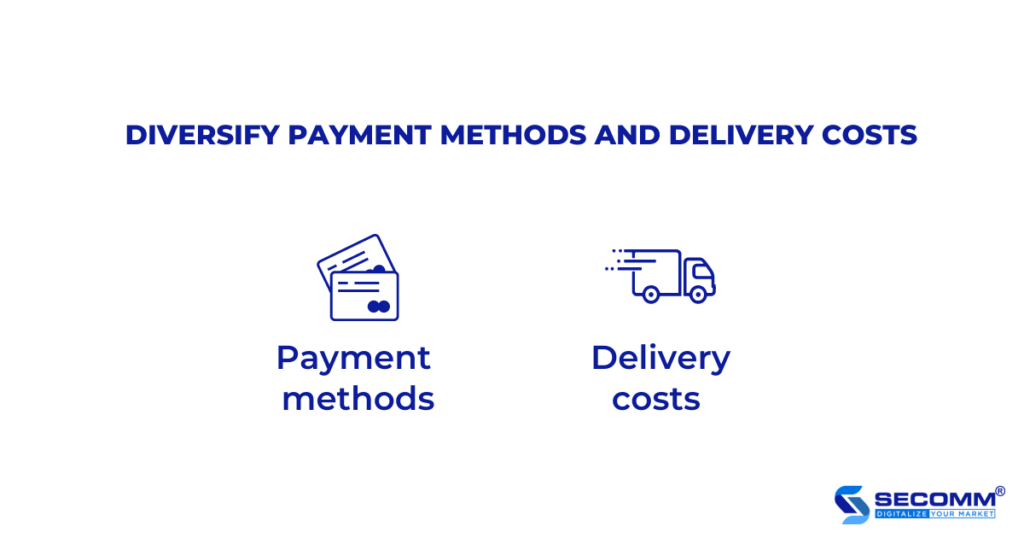
MoMo, Zalo Pay, Shopee Pay, Visa or MasterCard, and others will be particularly popular in the Vietnam market.
Furthermore, businesses should consider delivery costs because this is one of the primary reasons why customers abandon the purchasing process. Businesses can deploy flexible free shipping offers on special promotions, or if customers are required to pay shipping fees, the system should provide detailed information to avoid confusion and create a bad customer experience.
Integrate with the content management system
A content management system (CMS) allows you to centrally store and manage your written, visual, and document content. Businesses can change or add information, and the changes will be reflected on the eCommerce website. CMS can also help staff respond more quickly to customer feedback.
Improve customer service
Most Internet shoppers are Millennials, Gen Y, and Gen Z. These generations value personalization, such as personalized recommendations, recommendations, or solutions from the support team.
Many eCommerce businesses are trying to meet this, the customer care department will help buyers solve problems during the purchase, payment, delivery, returns, complaints, and so on.
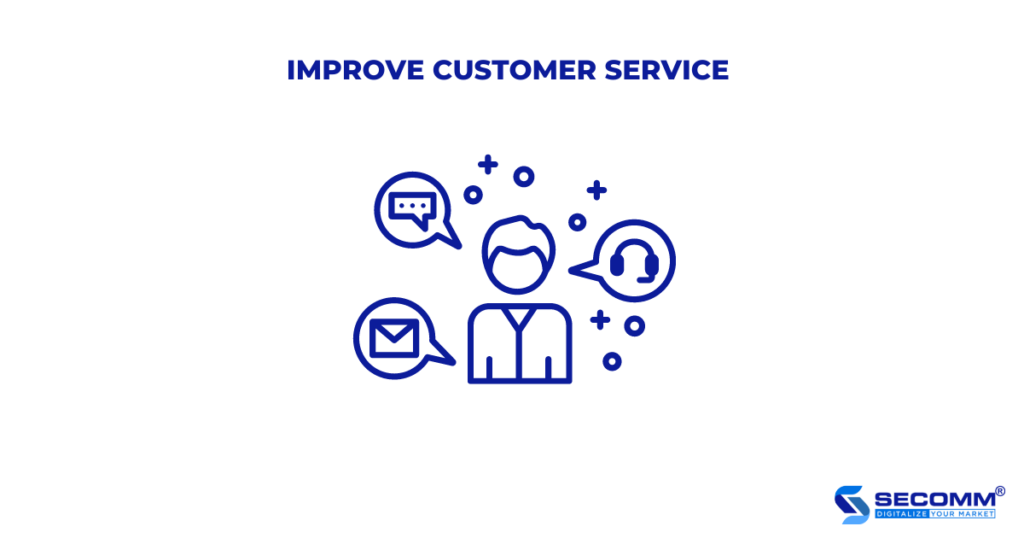
Furthermore, businesses should add a contact section to their eCommerce website with a hotline number or email that can be easily clicked or linked to the Facebook Messenger application, Zalo, live chat for orders, and general support chat for those who prefer this method of communication.
Improve the eCommerce website’s safety and security
Businesses will be responsible for storing large amounts of user data and product information on an eCommerce website, so safety and security are the most important factors for any eCommerce website. Any negligence can put the company in danger of permanent data loss, and customer information can be stolen and sold.
Google and other search engines will flag an eCommerce website if it is deemed unsafe and has poor security, such as no SSL certificate and HTTPS protocol. This is considered a warning or recommendation for Internet users to be cautious about accessing websites that lack the above two components, as a result of which businesses will easily lose a large number of potential orders, causing marketing disruption and affecting the brand’s reputation.
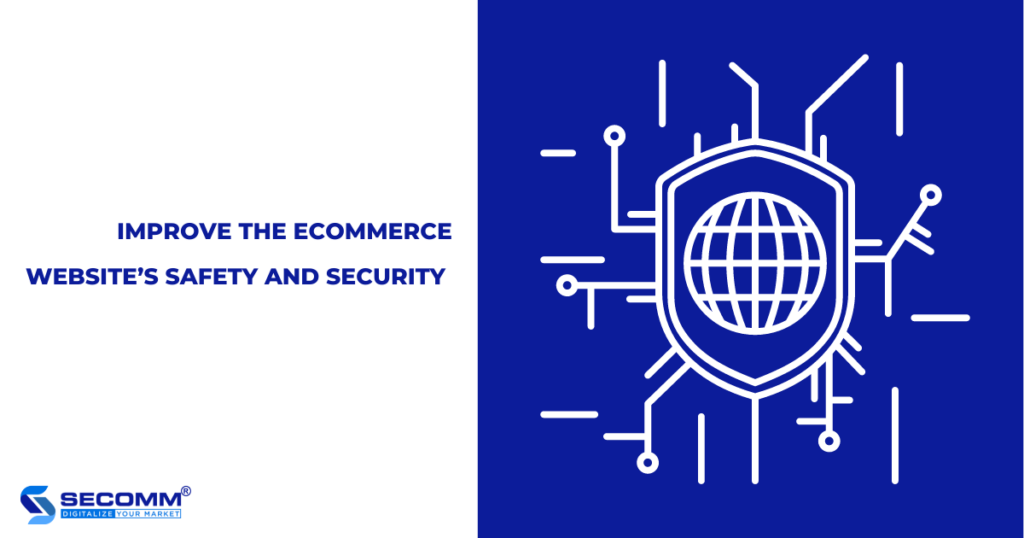
Furthermore, businesses must register an eCommerce website with the Ministry of Industry and Trade at the eCommerce Management Portal to demonstrate the website’s transparency following Vietnamese Government Decree 52/2013 ND-CP.
The 10 essential factors listed above are those that businesses must consider when implementing eCommerce. In reality, even when businesses use WordPress, the Woocommerce plugin, or a SaaS platform like Shopify, it is not easy to create an eCommerce website with full features that work well to attract customers. If your business decides to hire a website development company, that company must be capable of creating a comprehensive eCommerce website in terms of both design and functionality.
With many years of experience implementing eCommerce in many countries, SECOMM provides free consulting services with professional eCommerce solutions.
Contact us today for free support and advice!






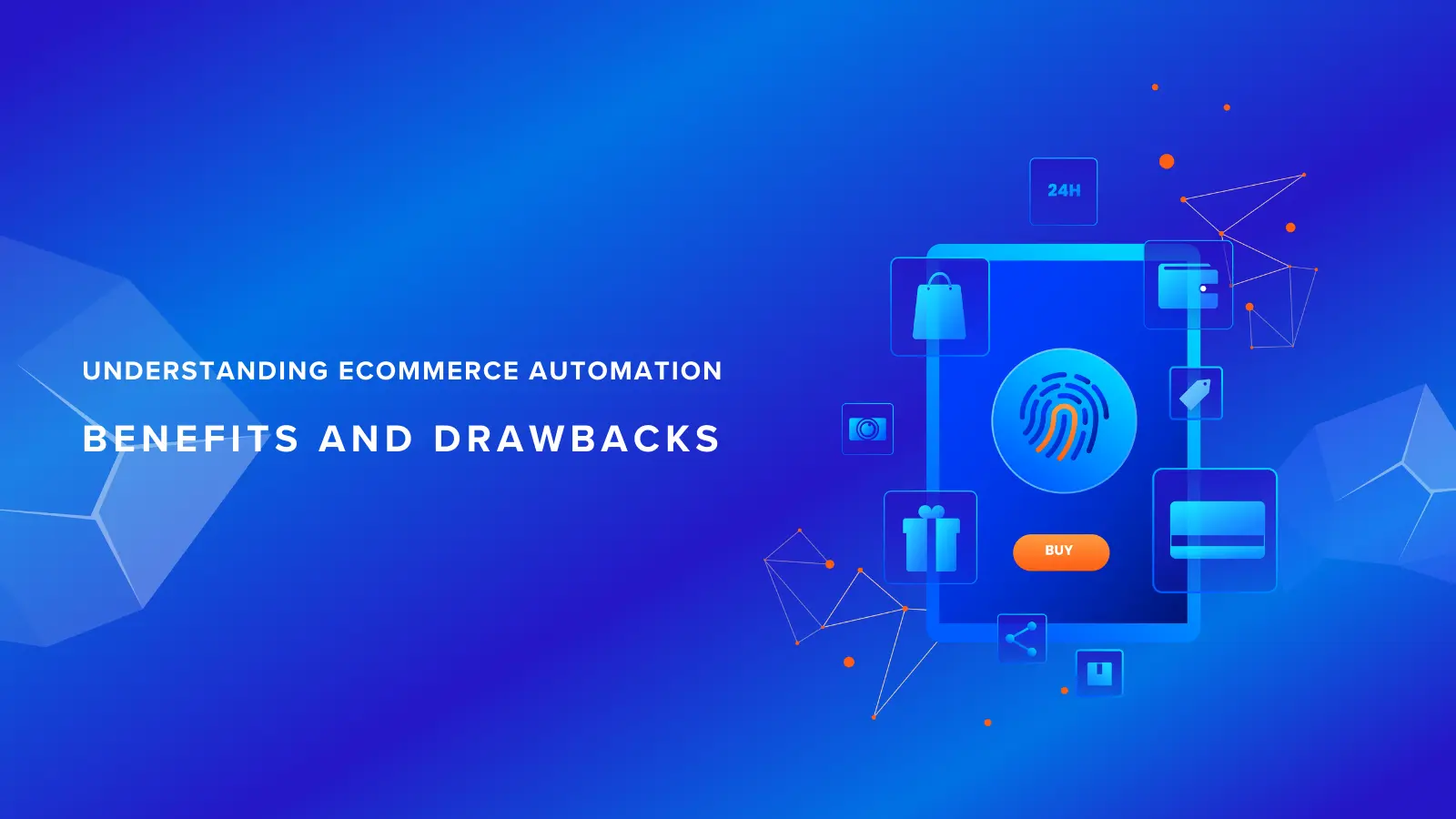
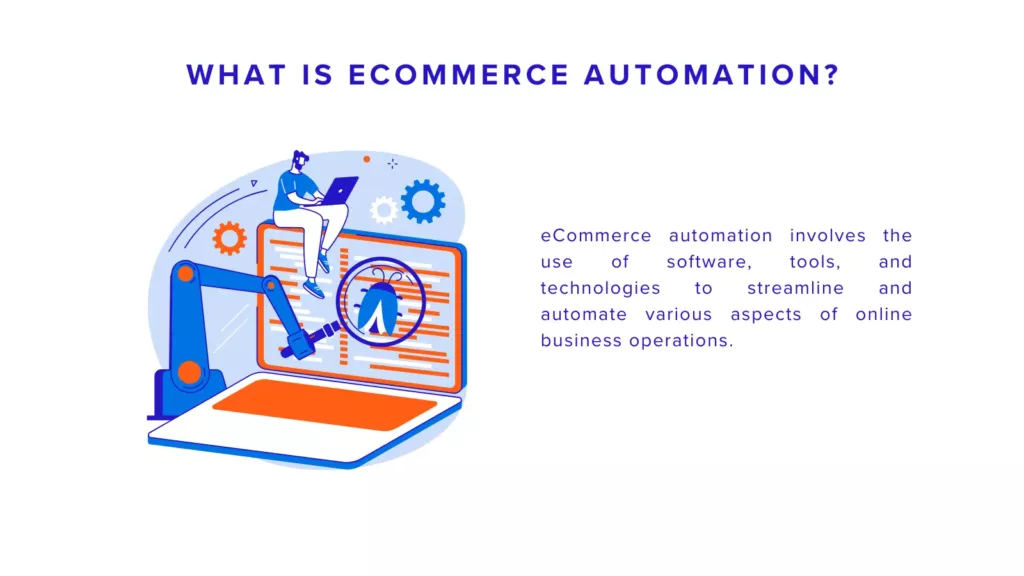
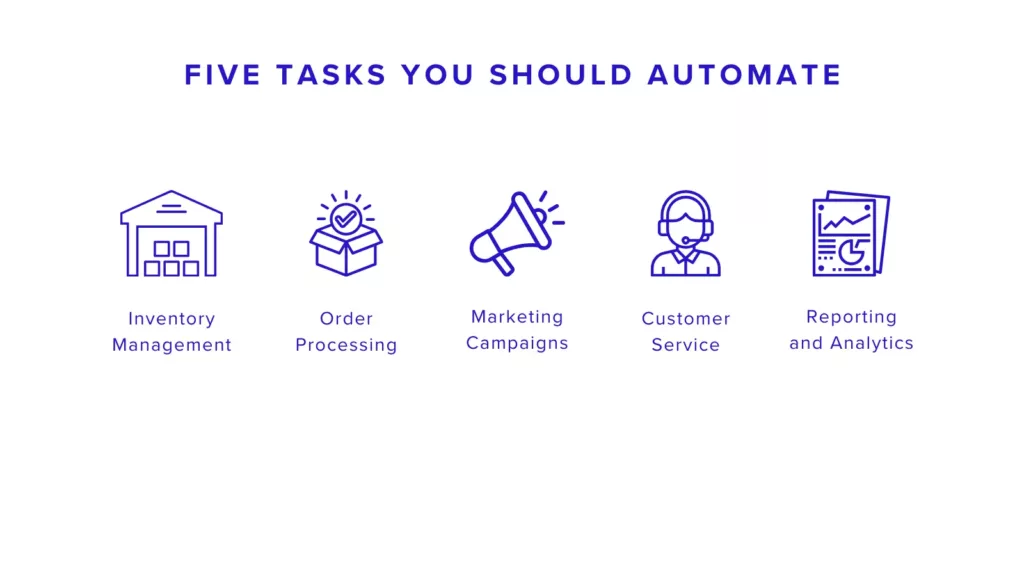
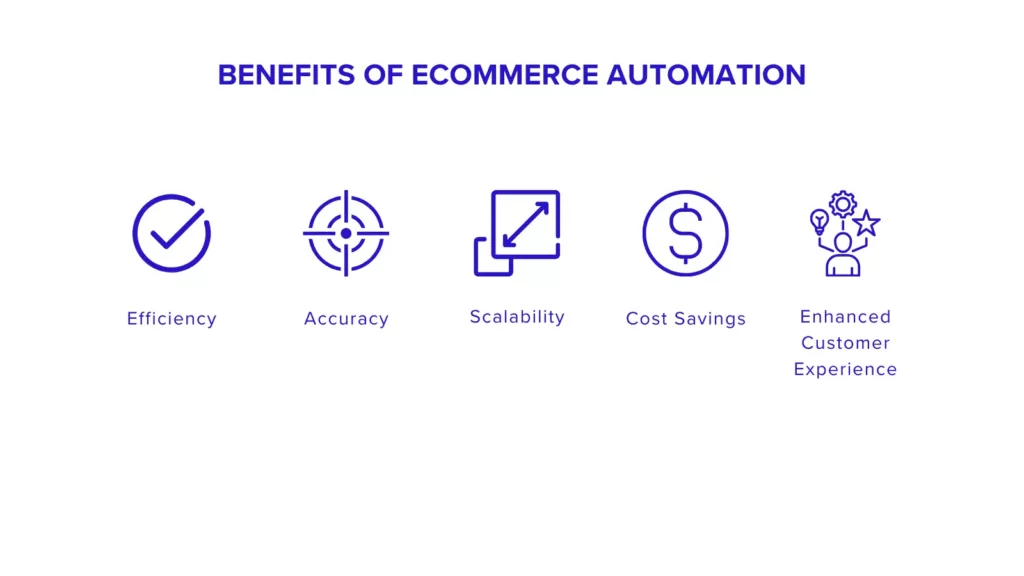
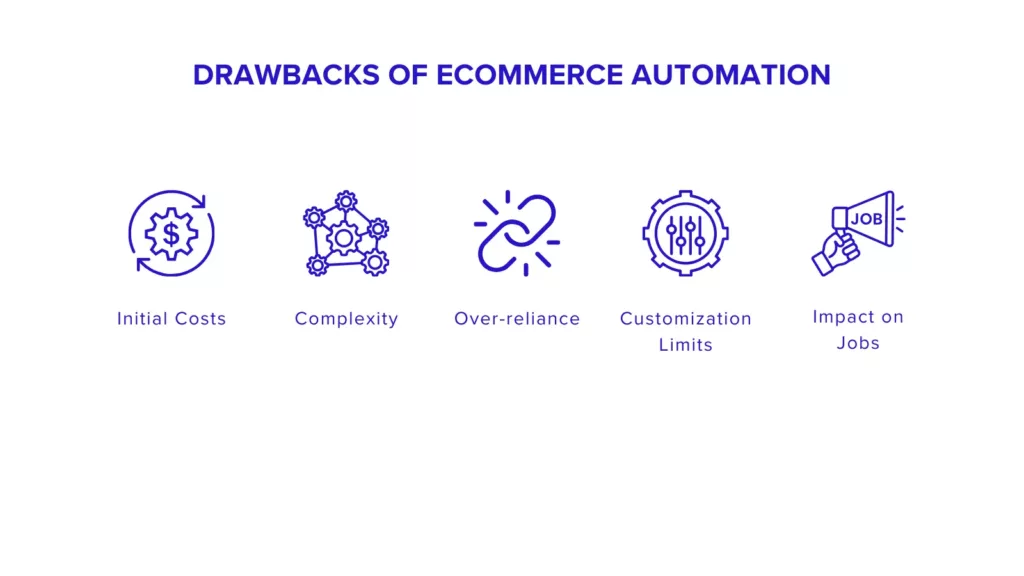
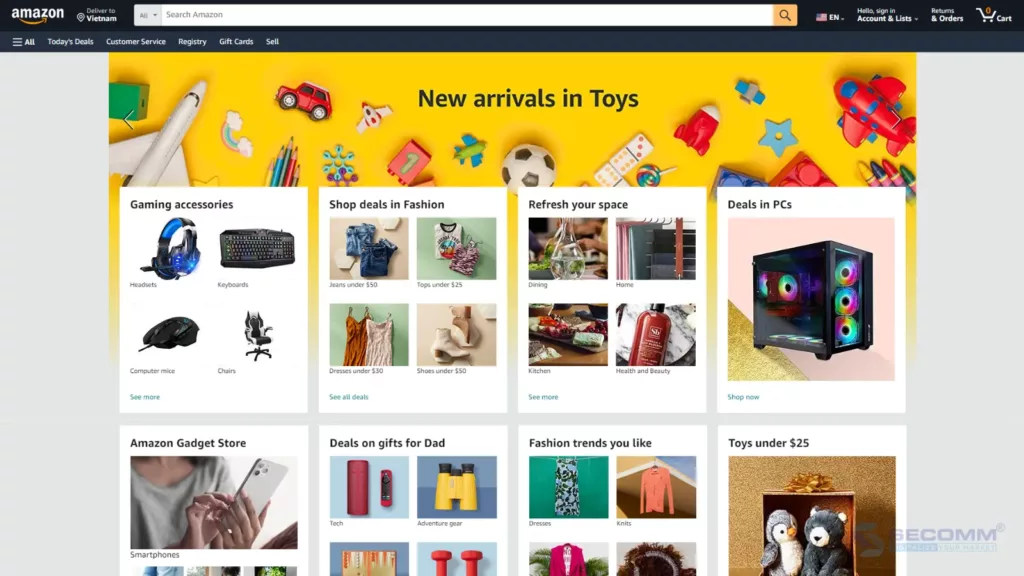
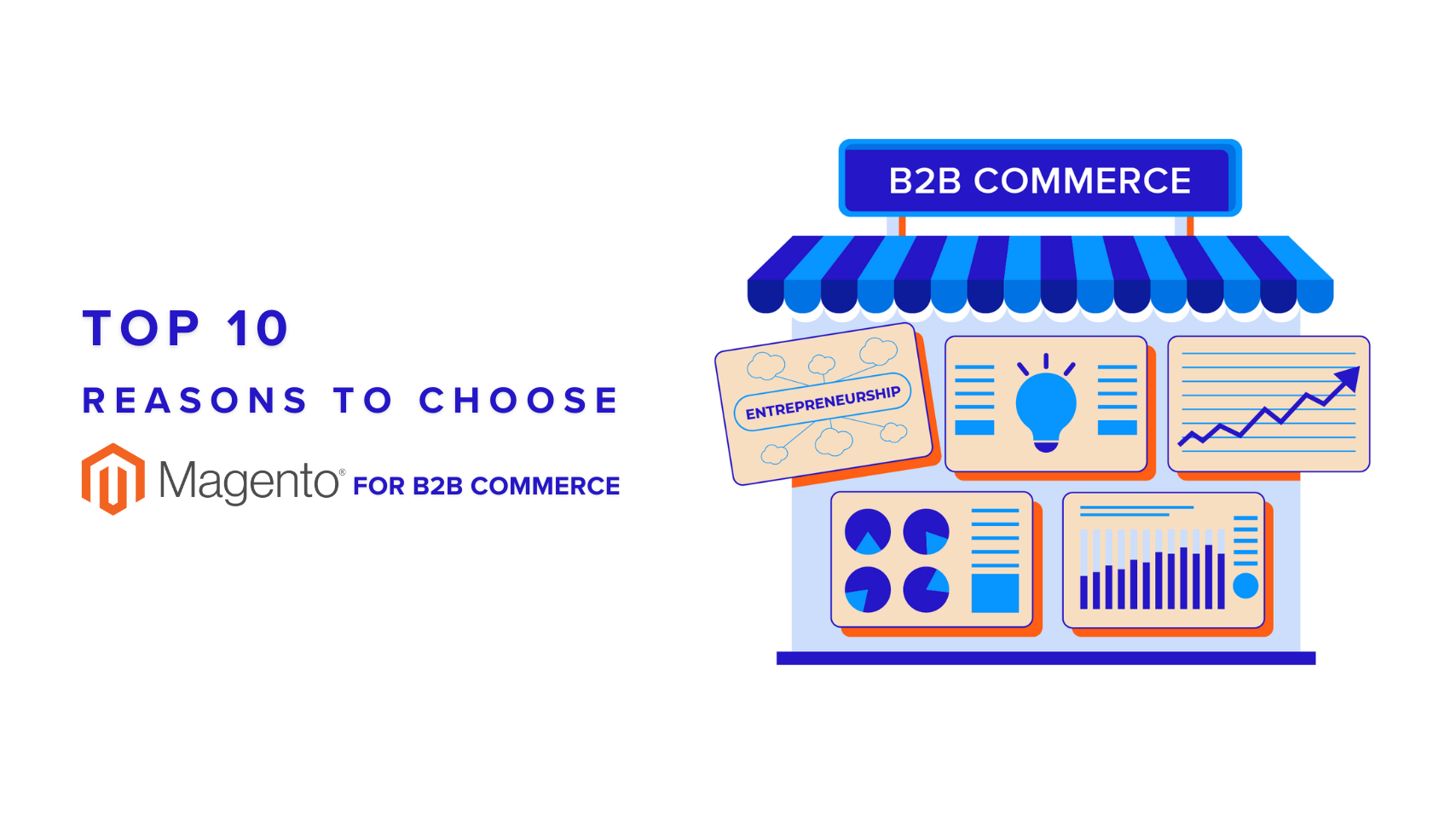
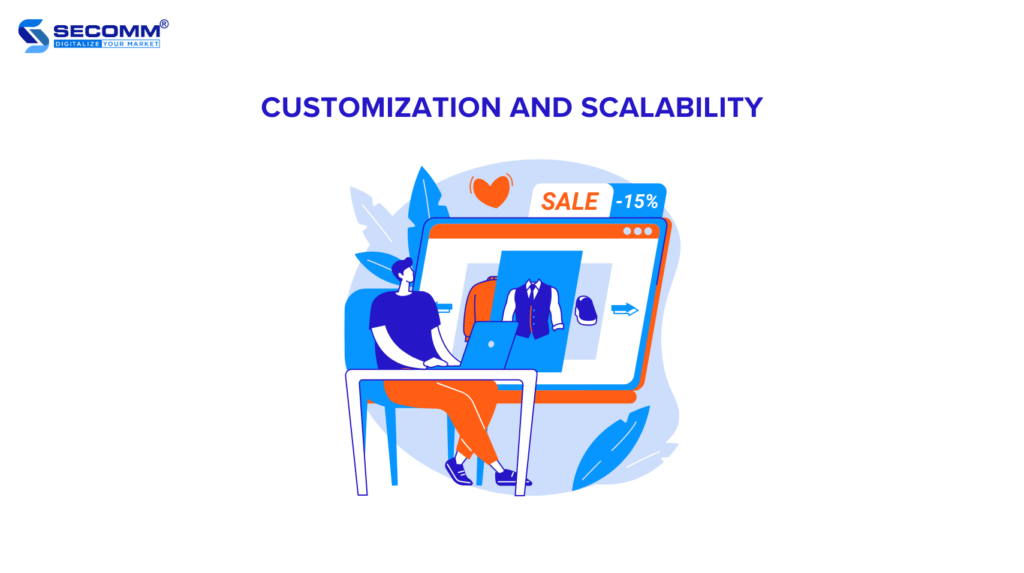
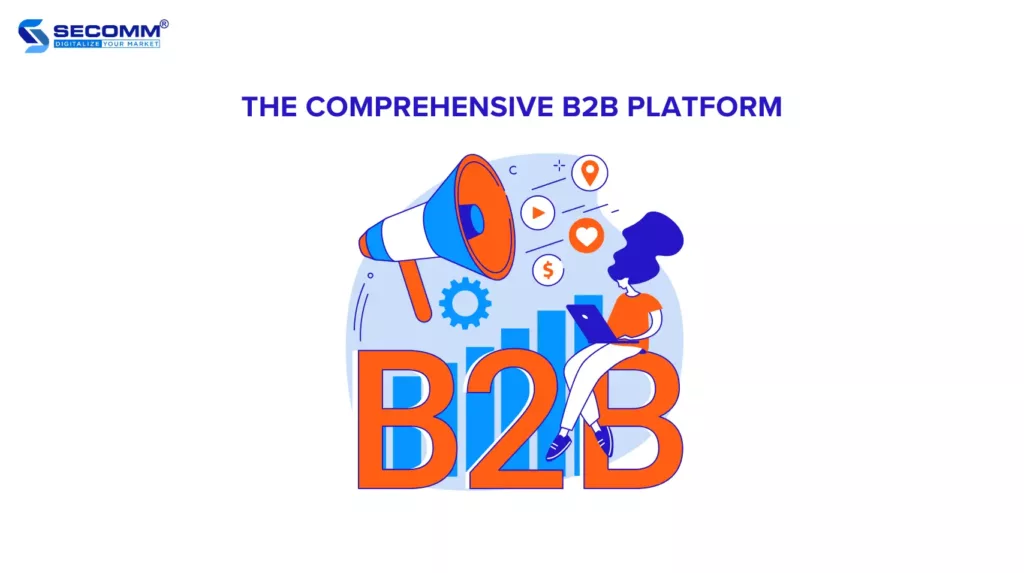
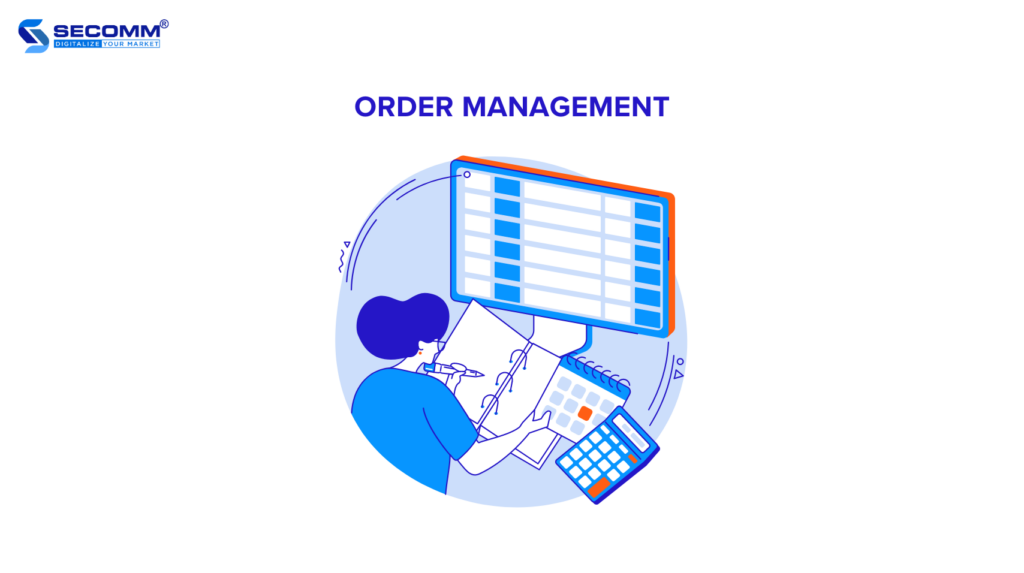
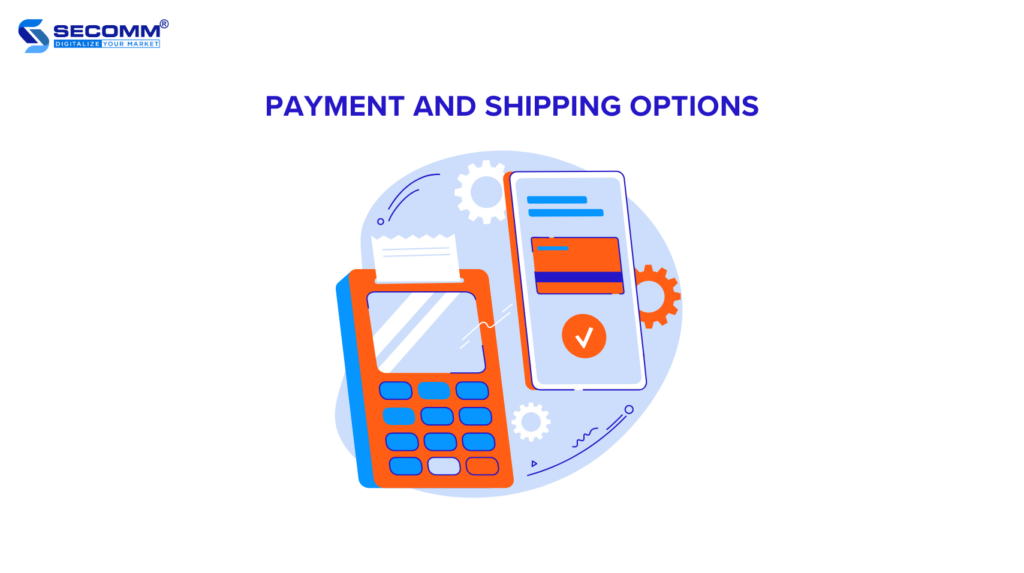
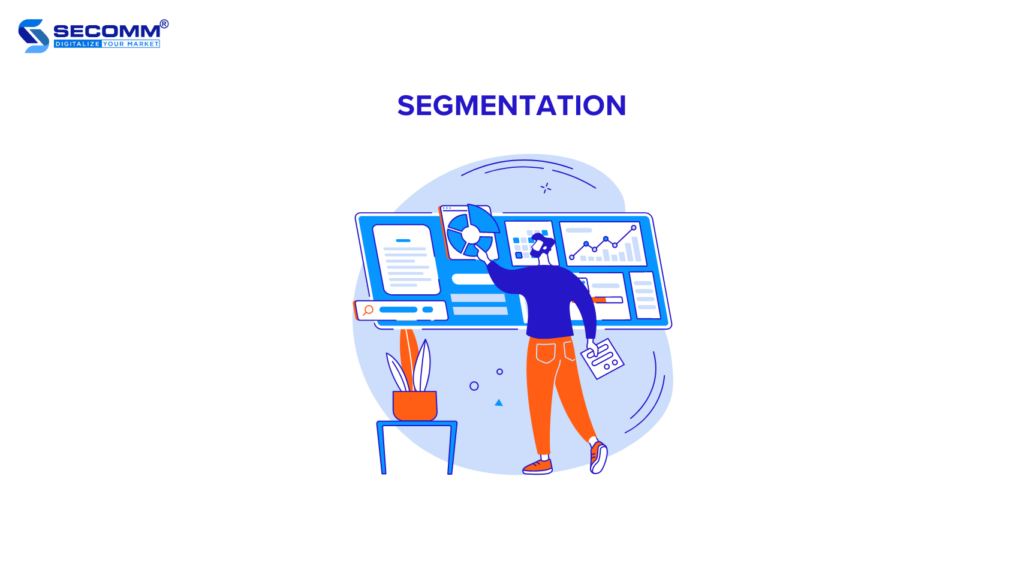
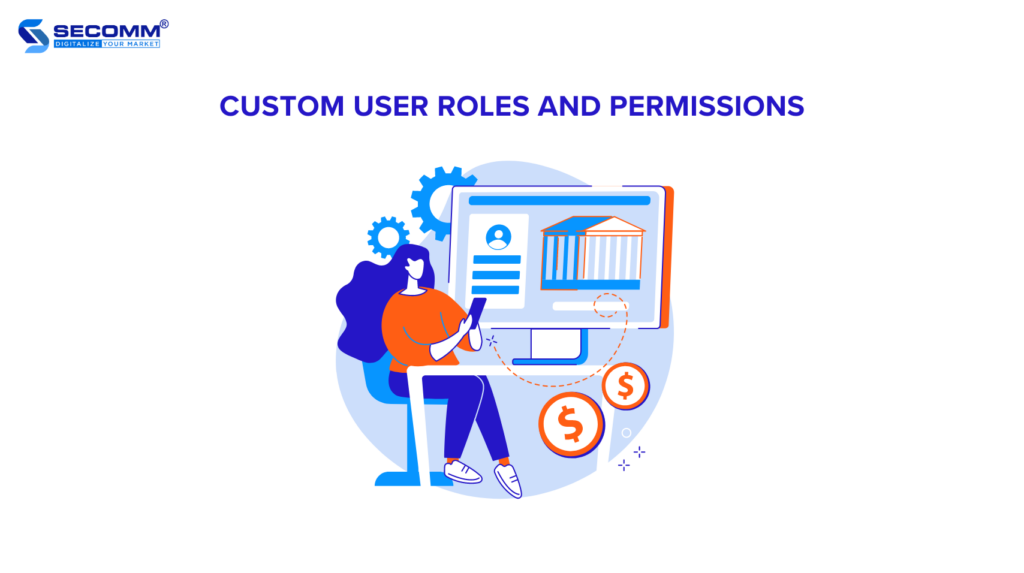
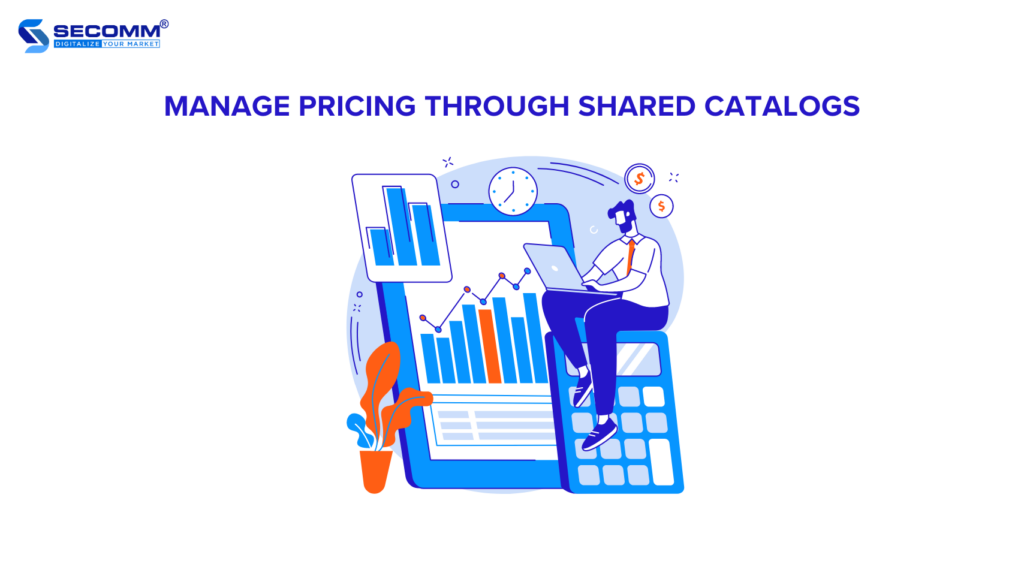
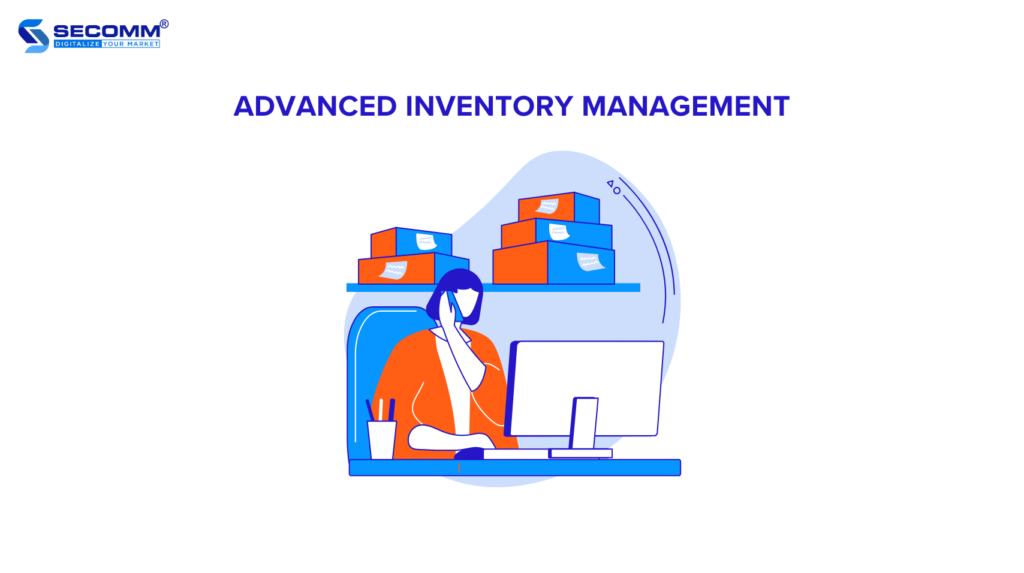
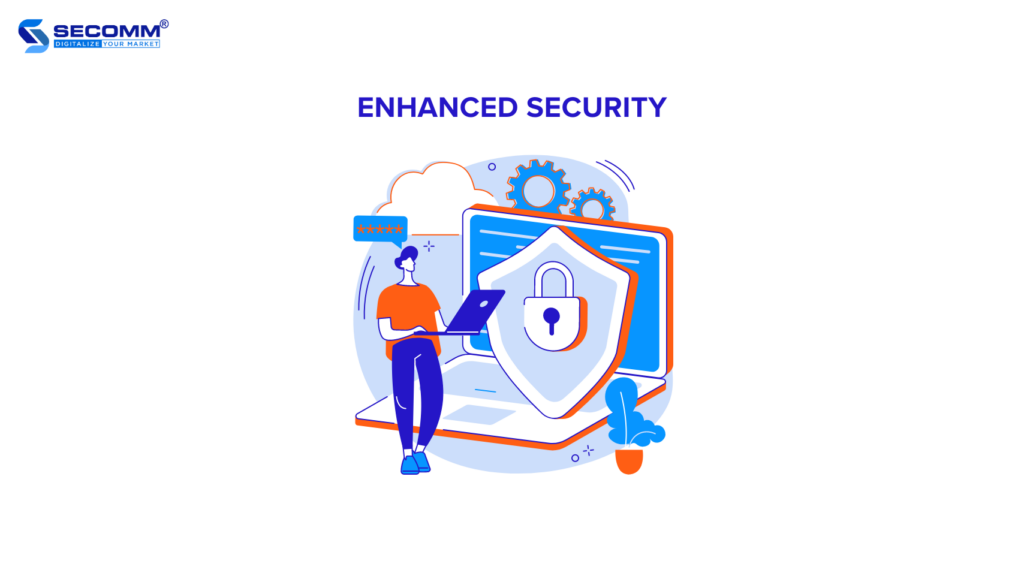
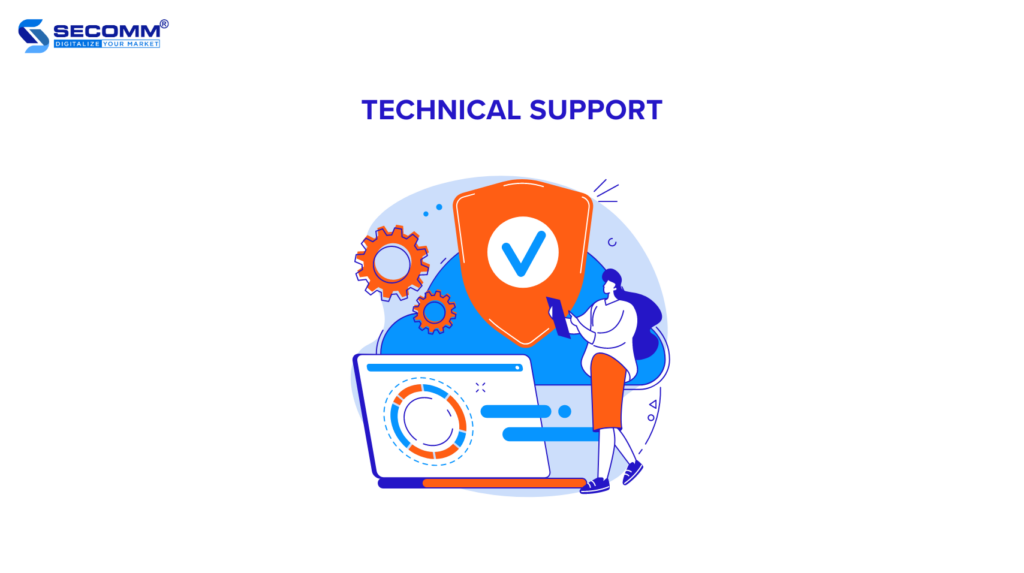

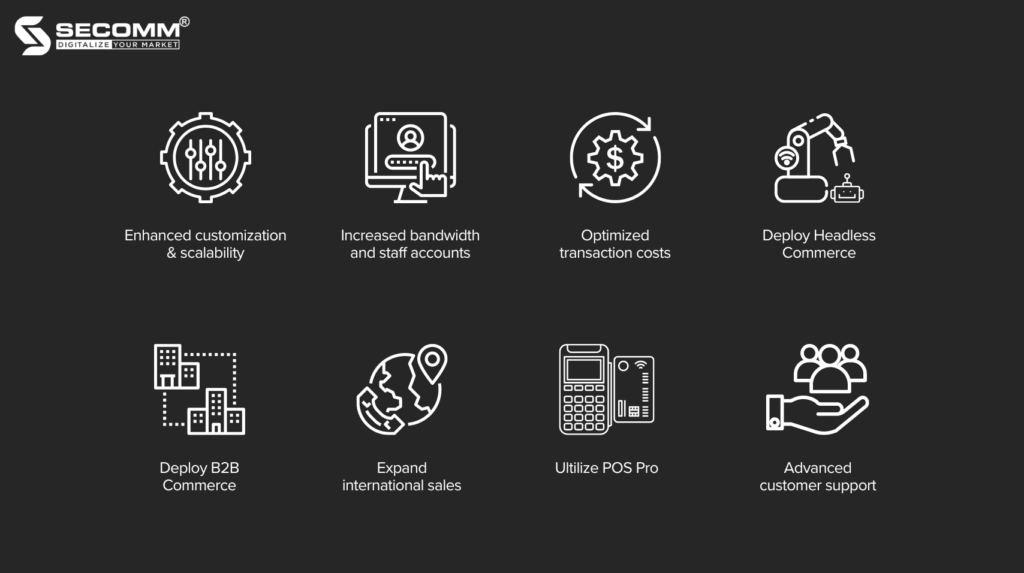
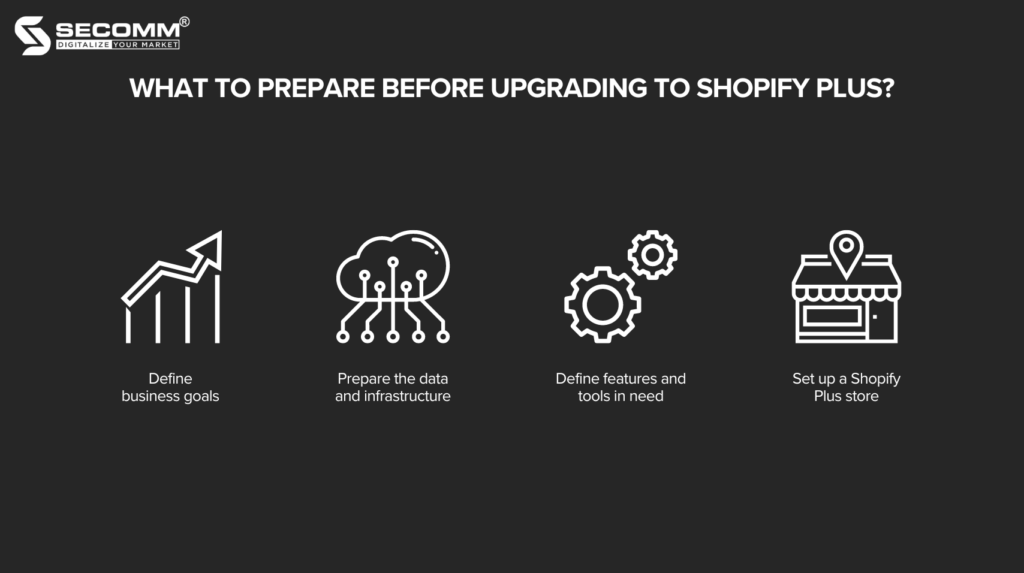
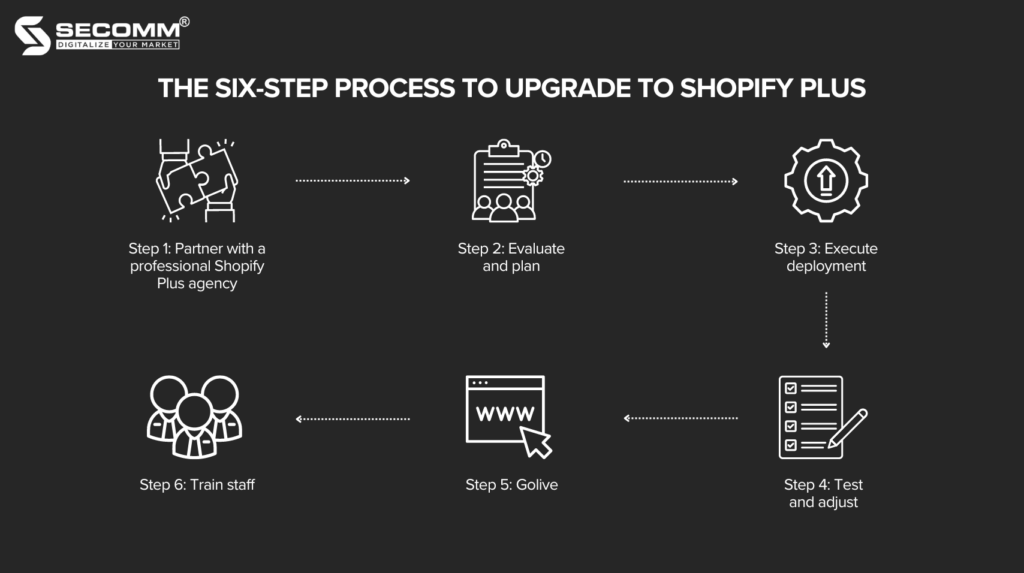
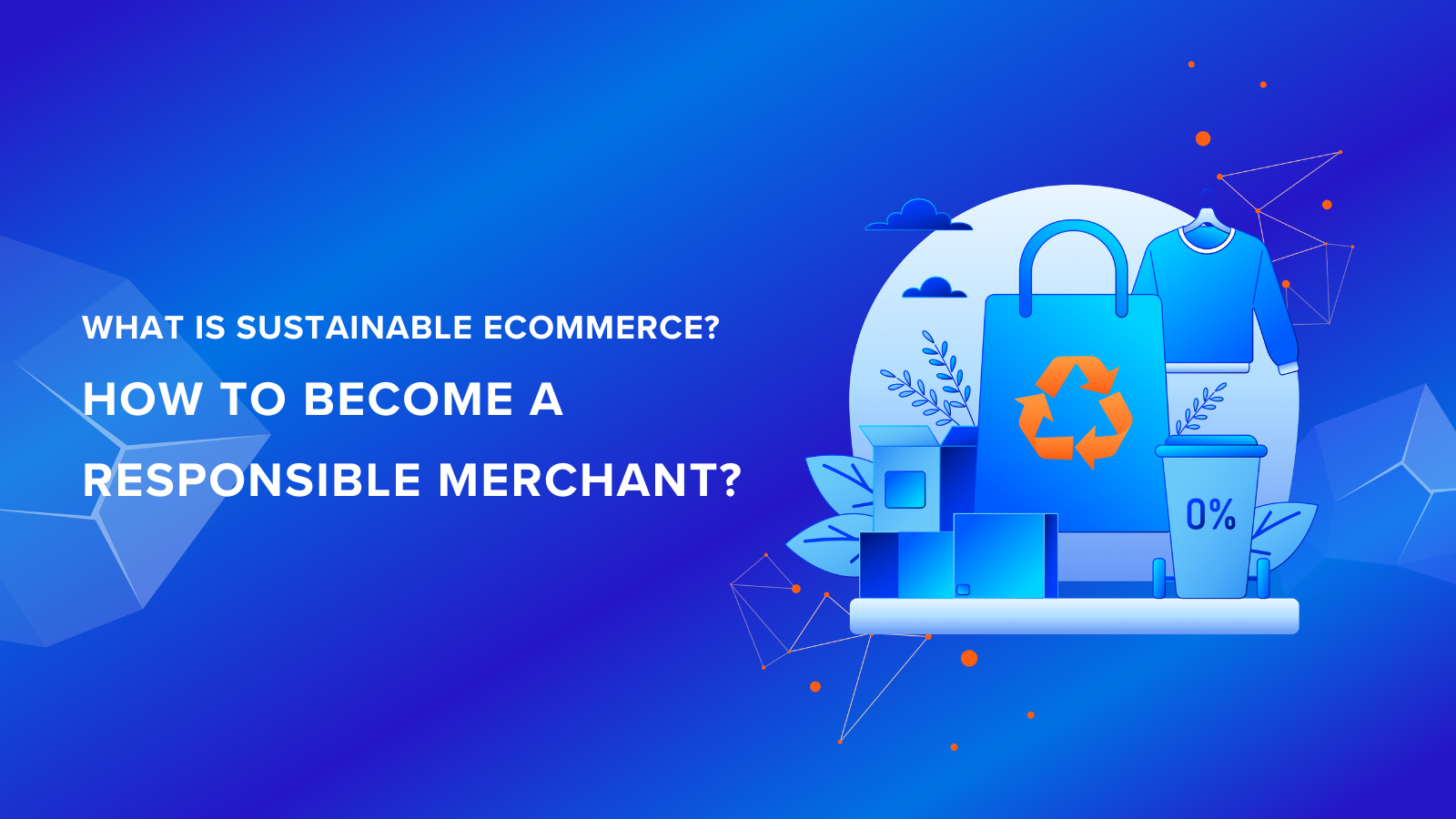

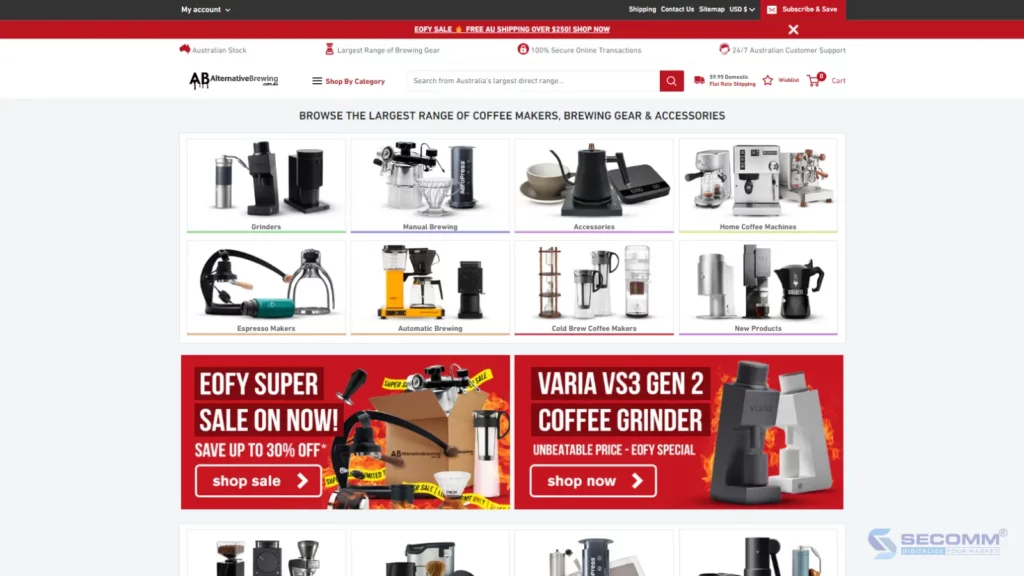

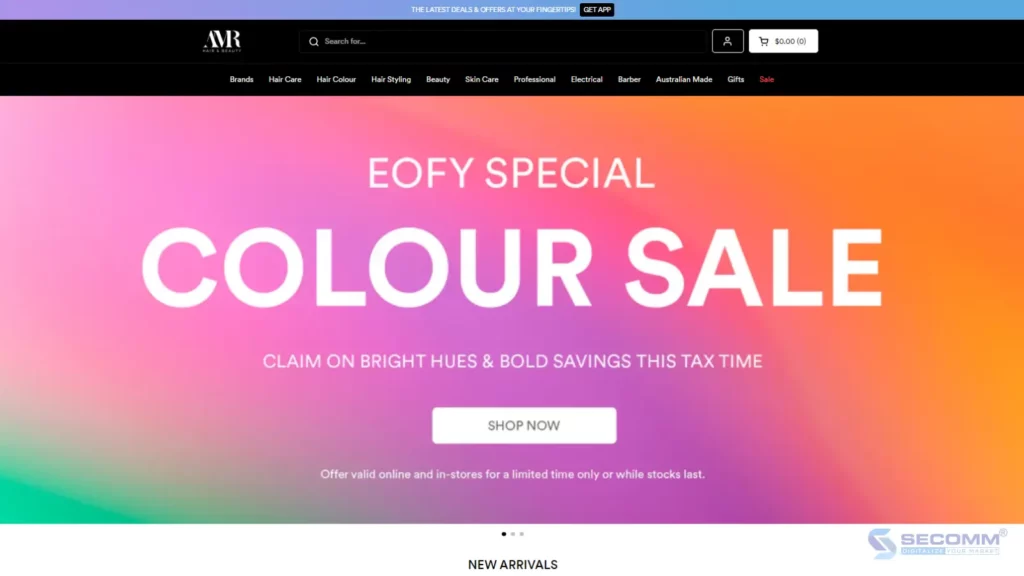
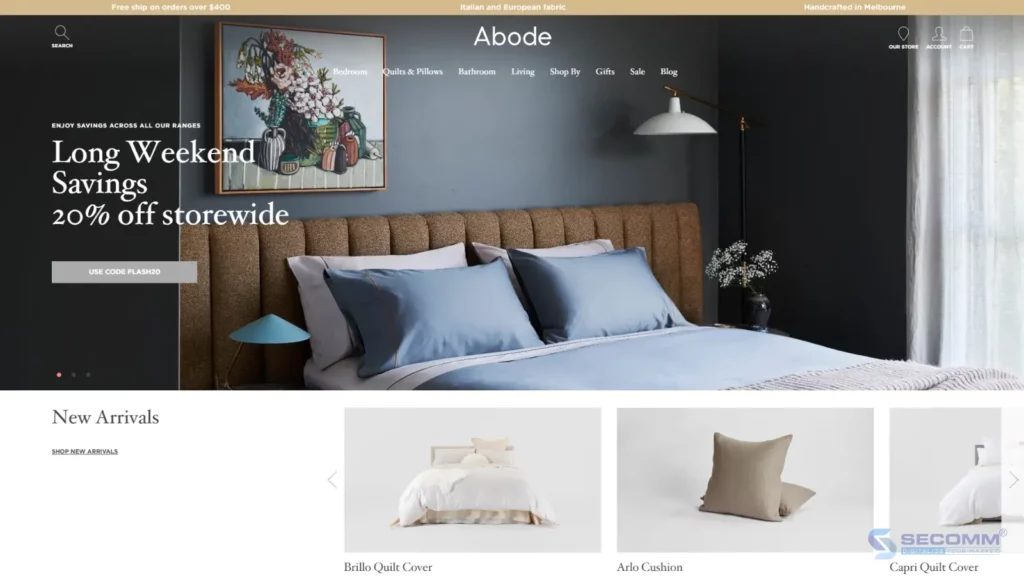
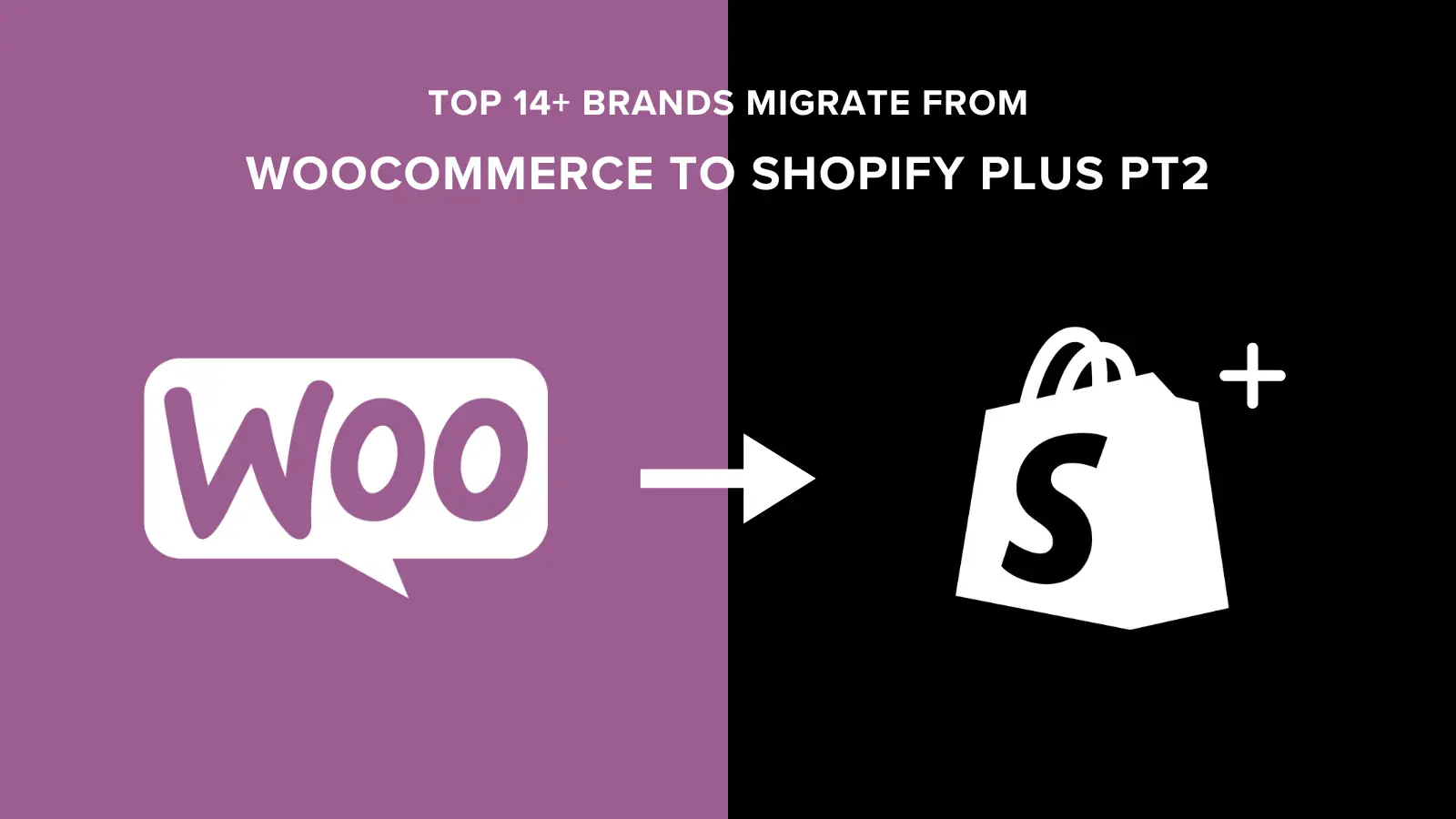
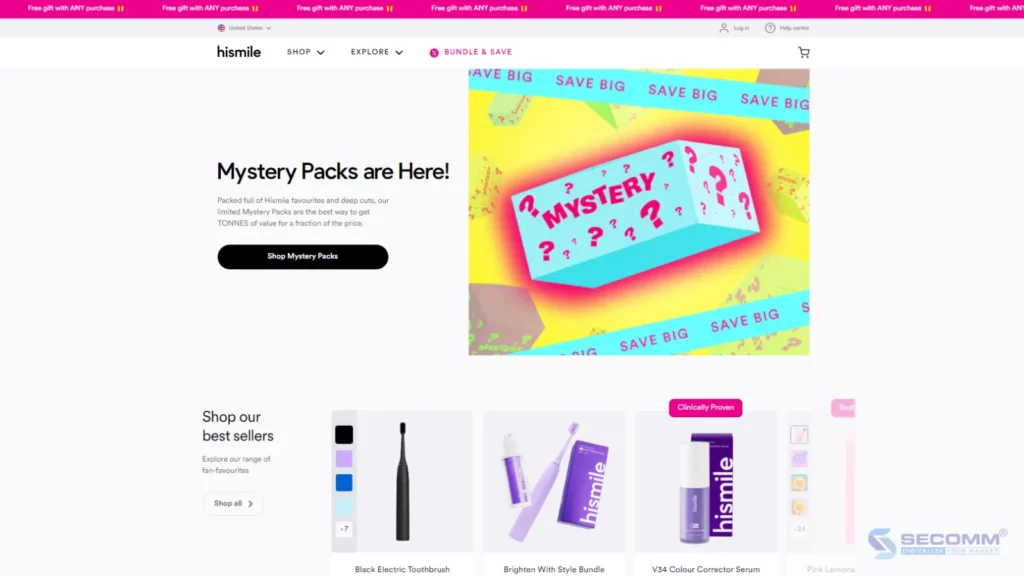
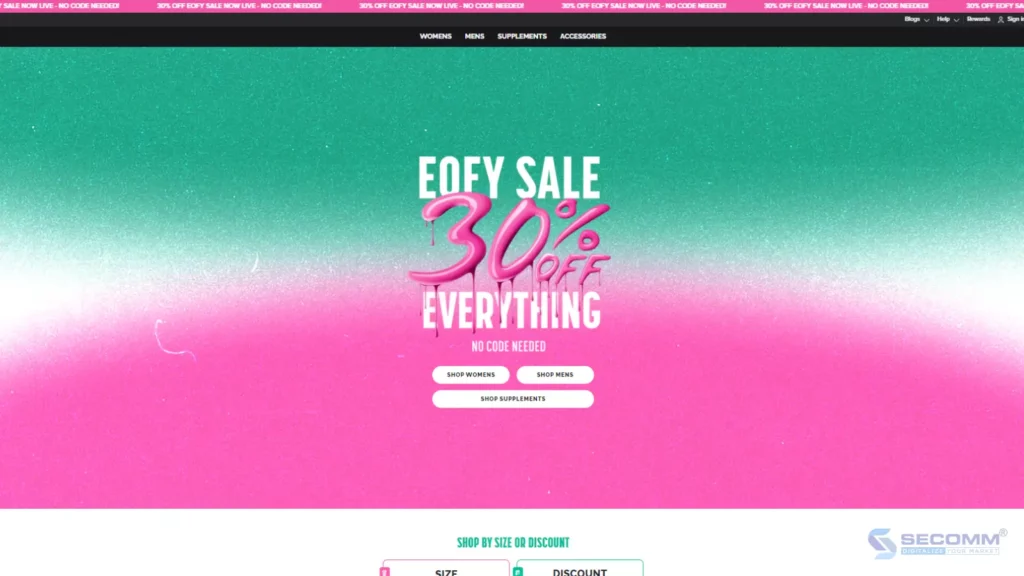
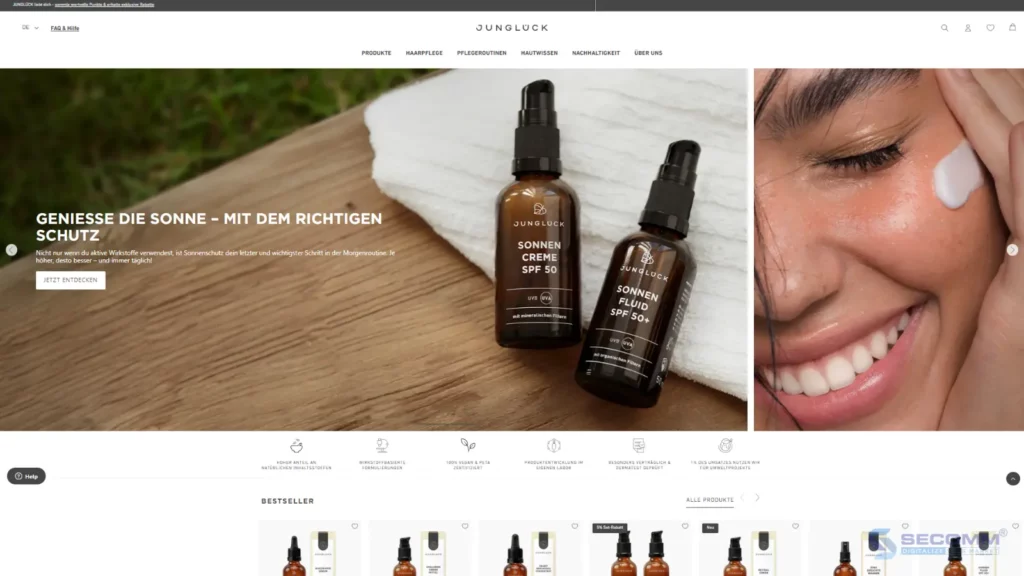
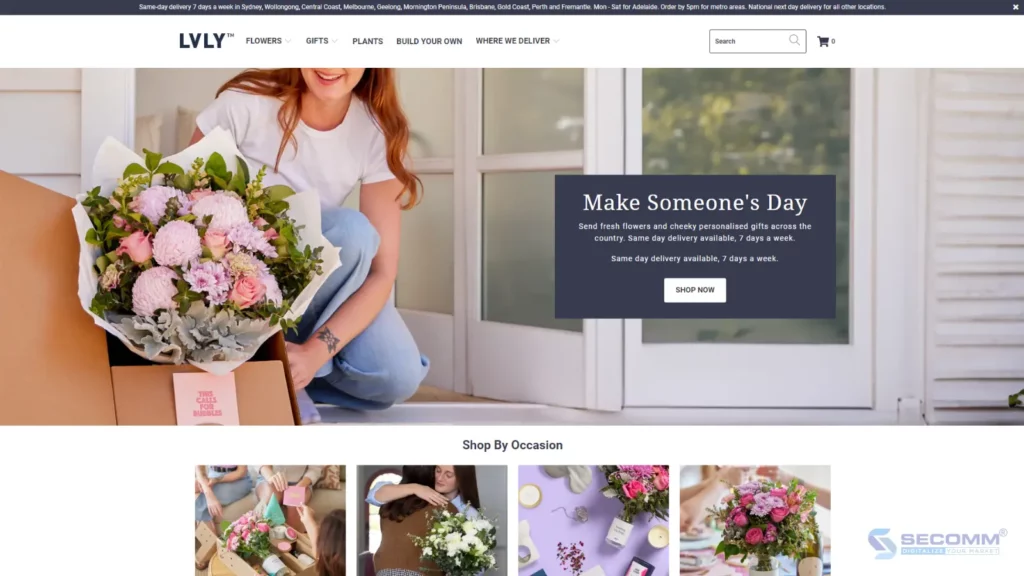

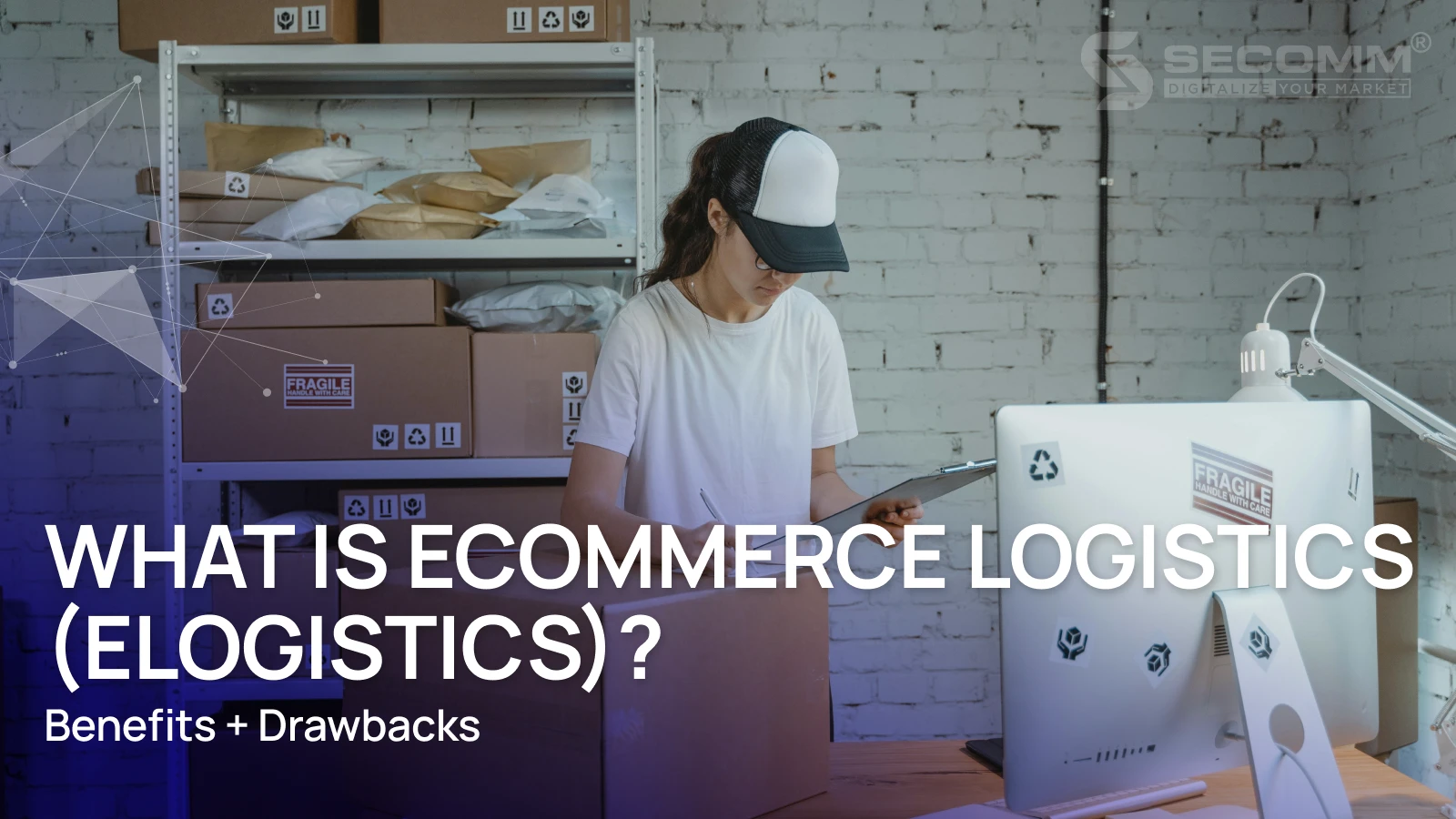
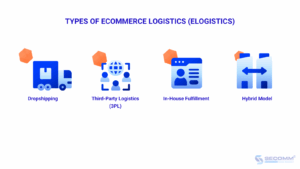
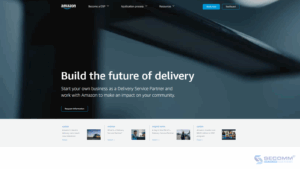
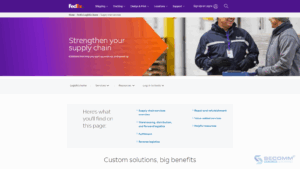
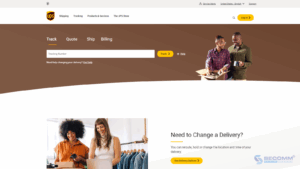
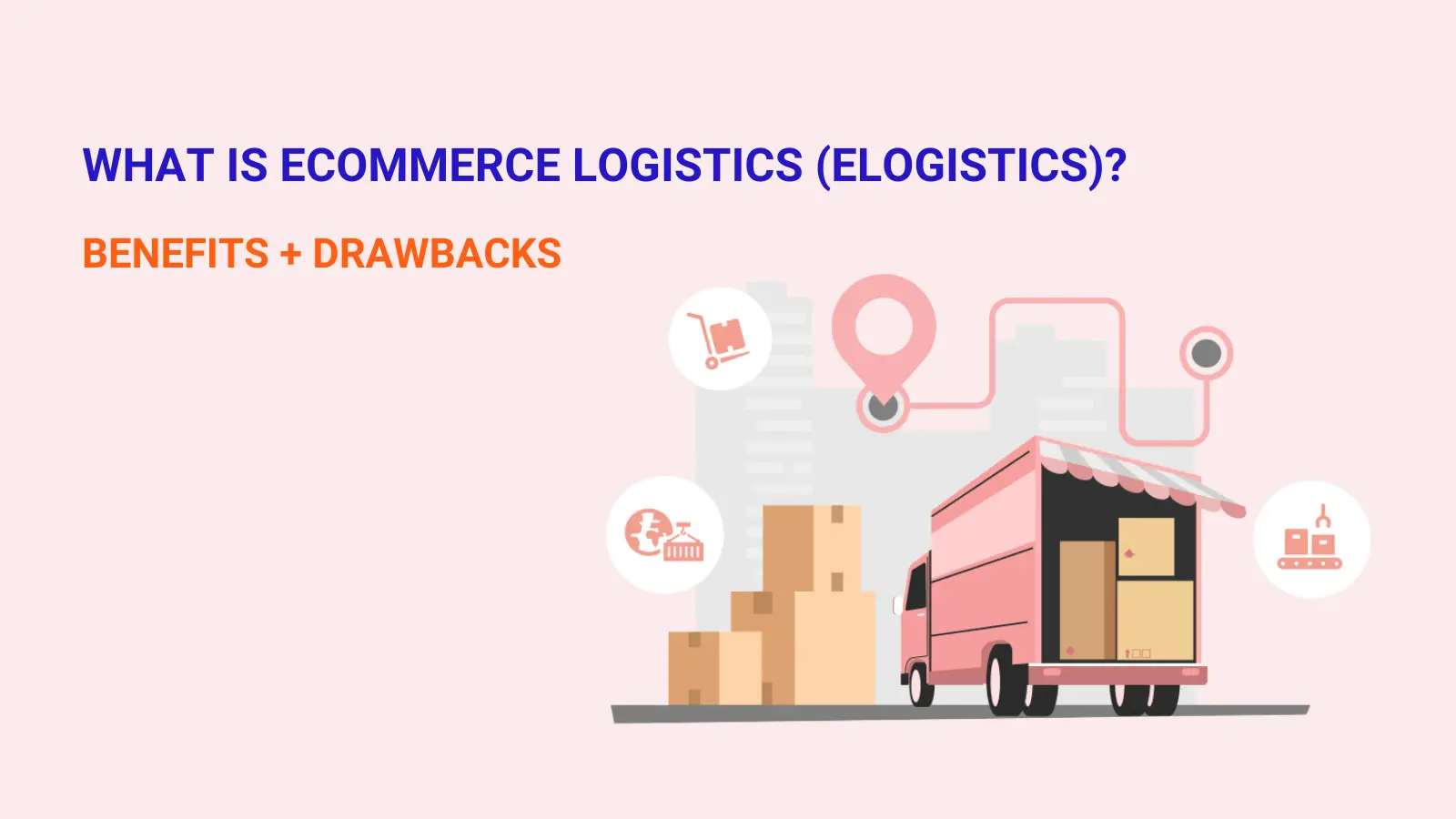





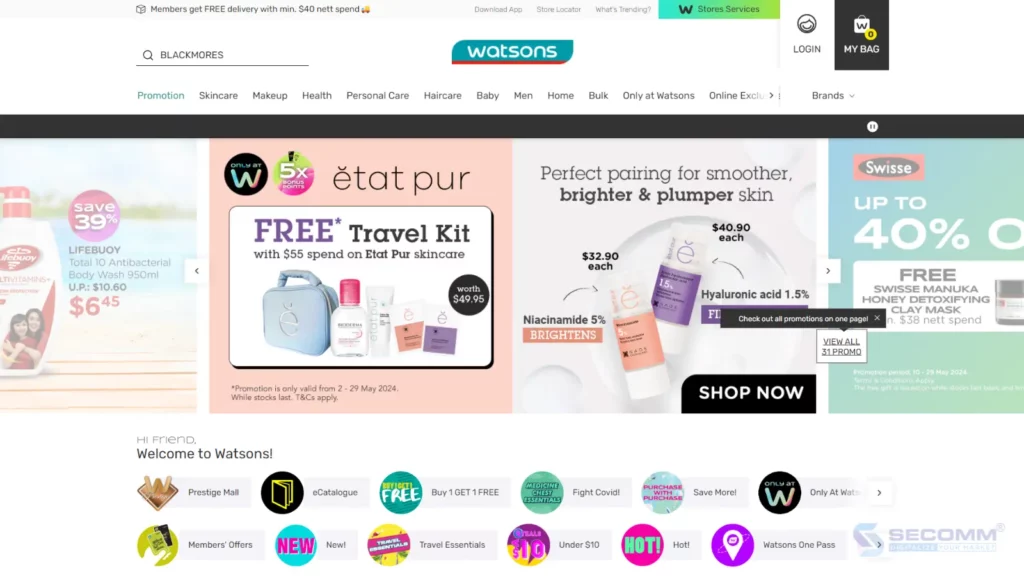
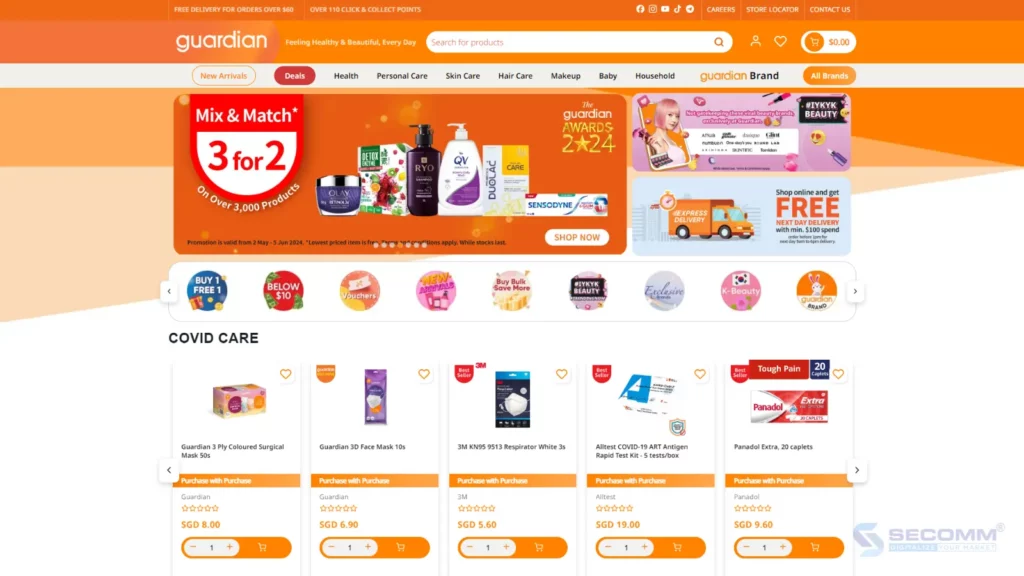
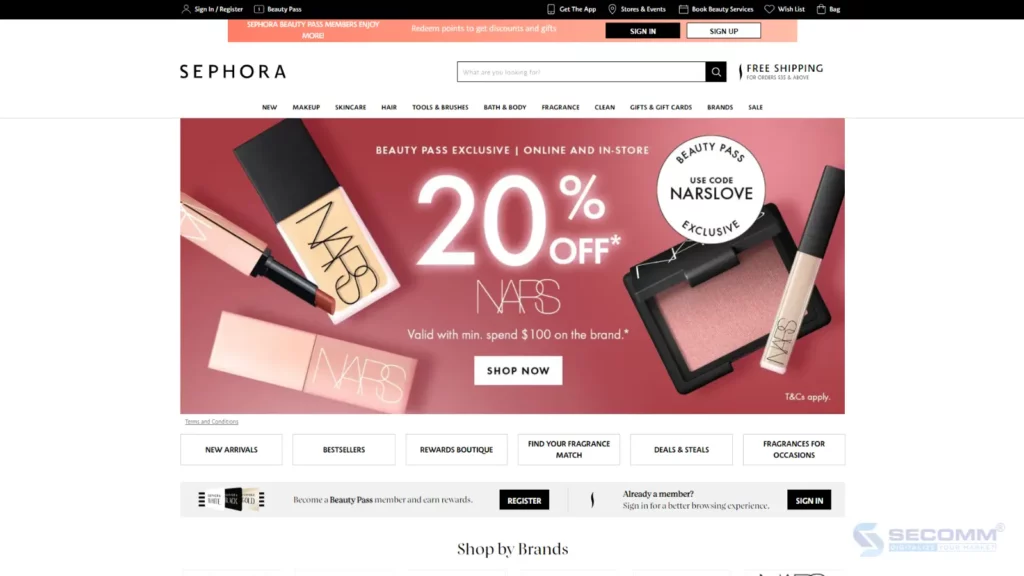


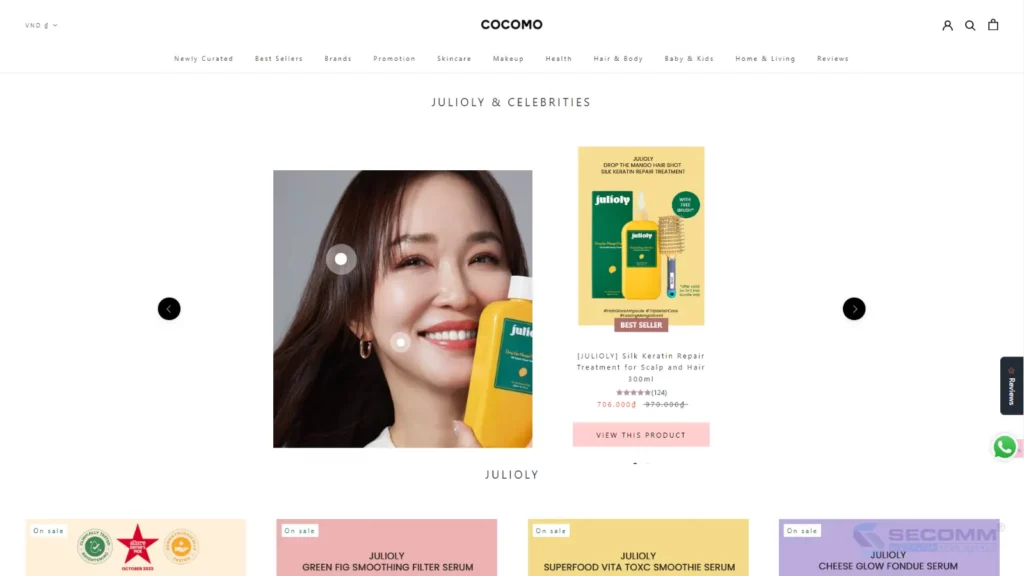

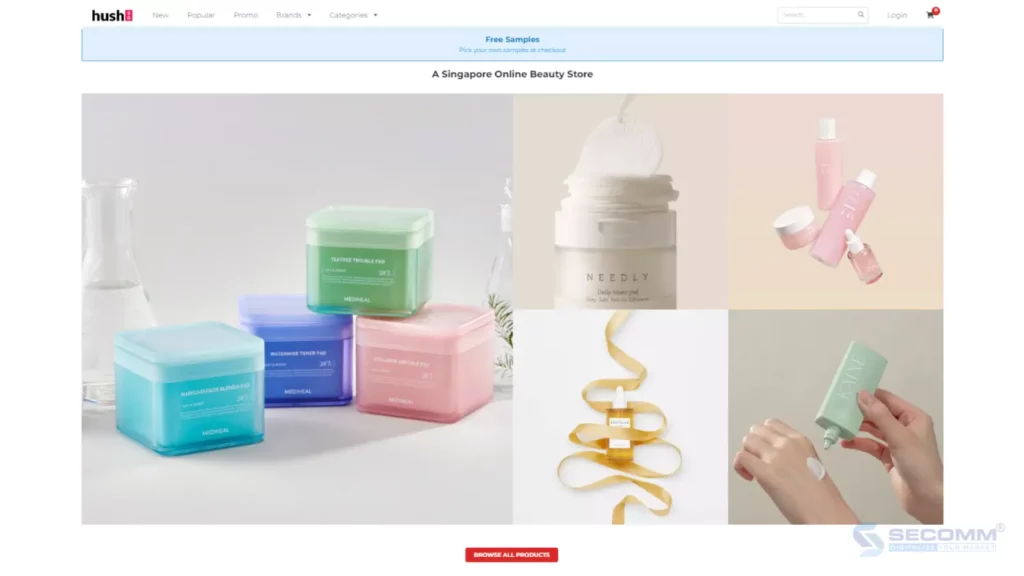
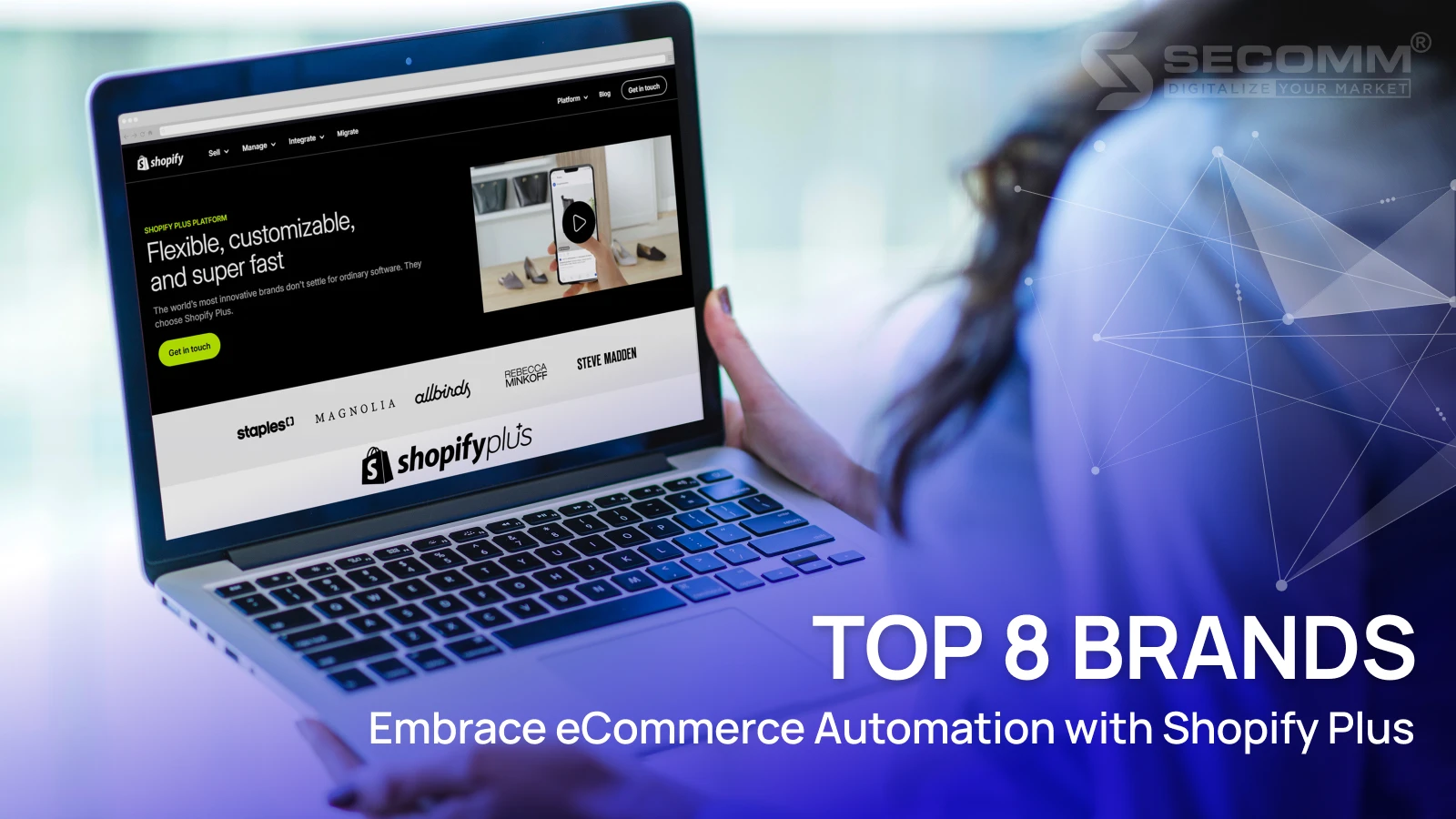

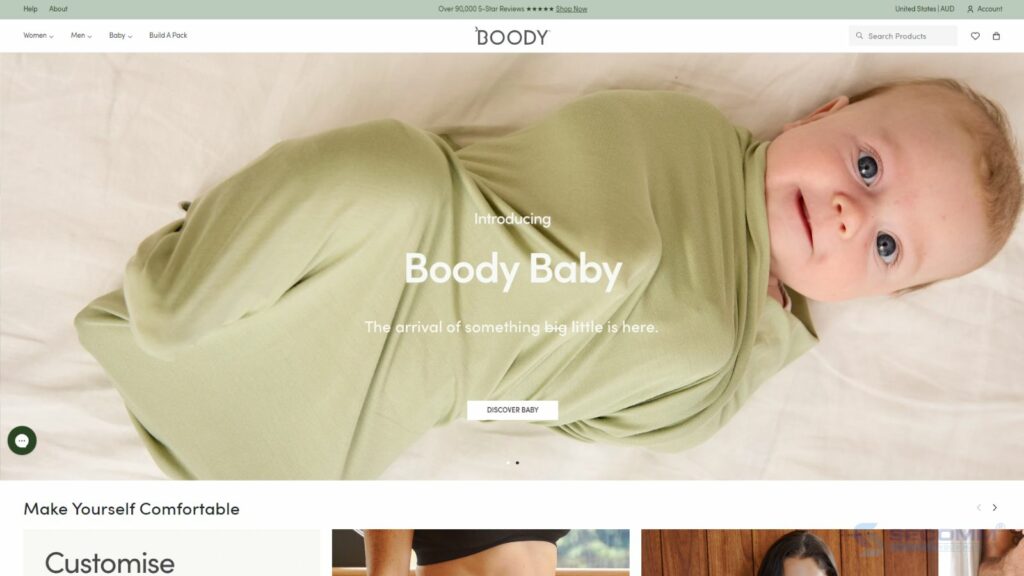

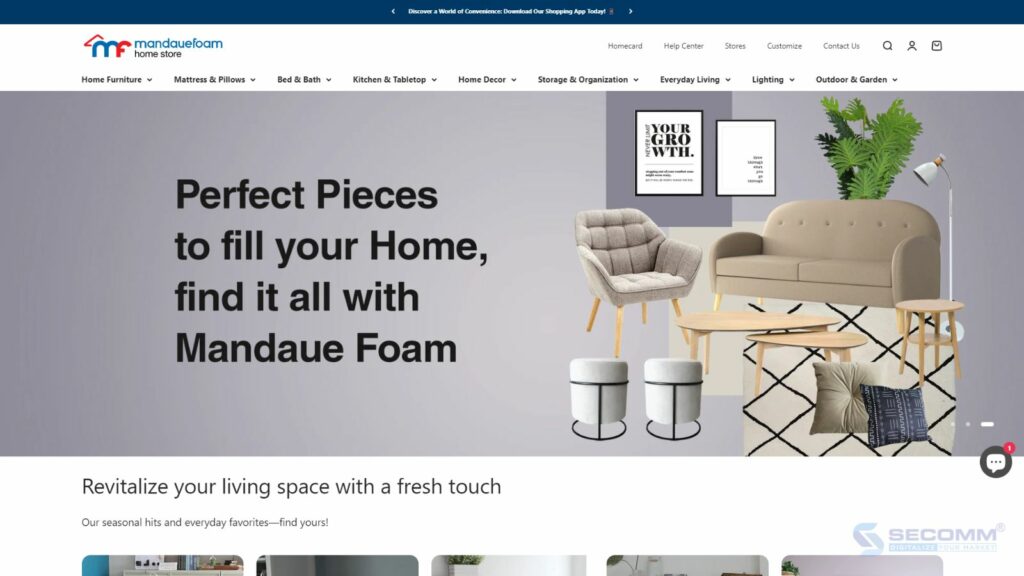
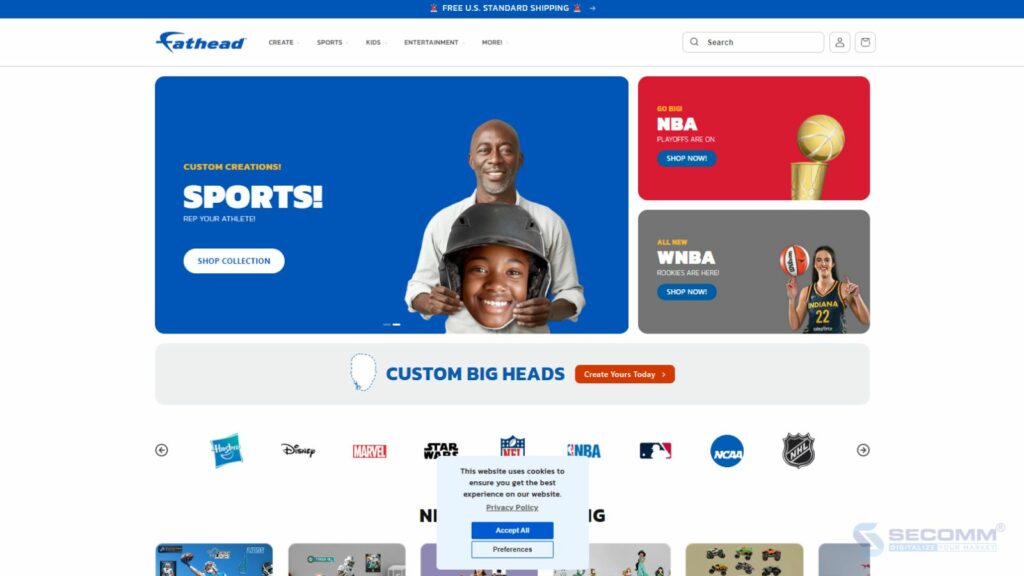
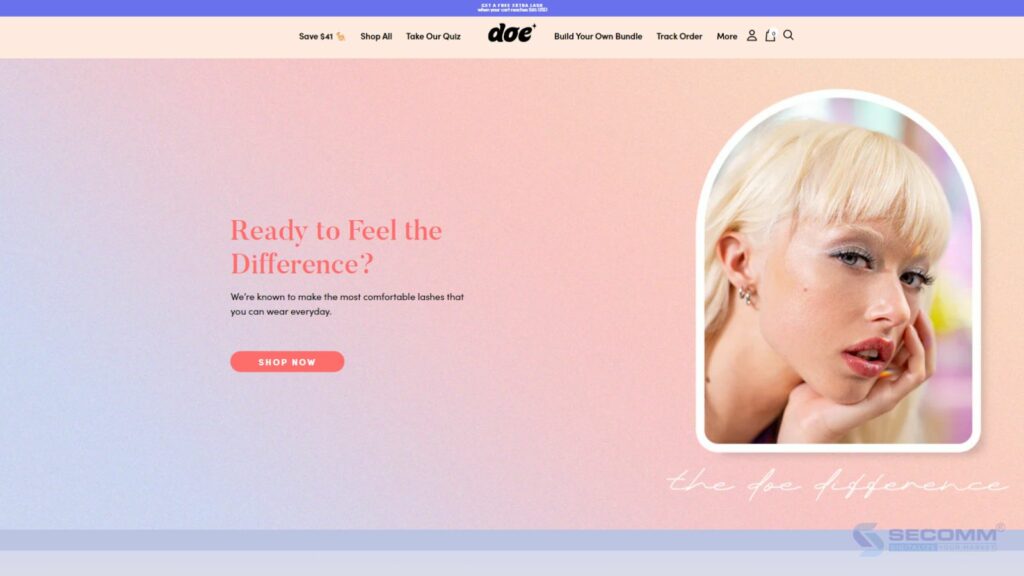
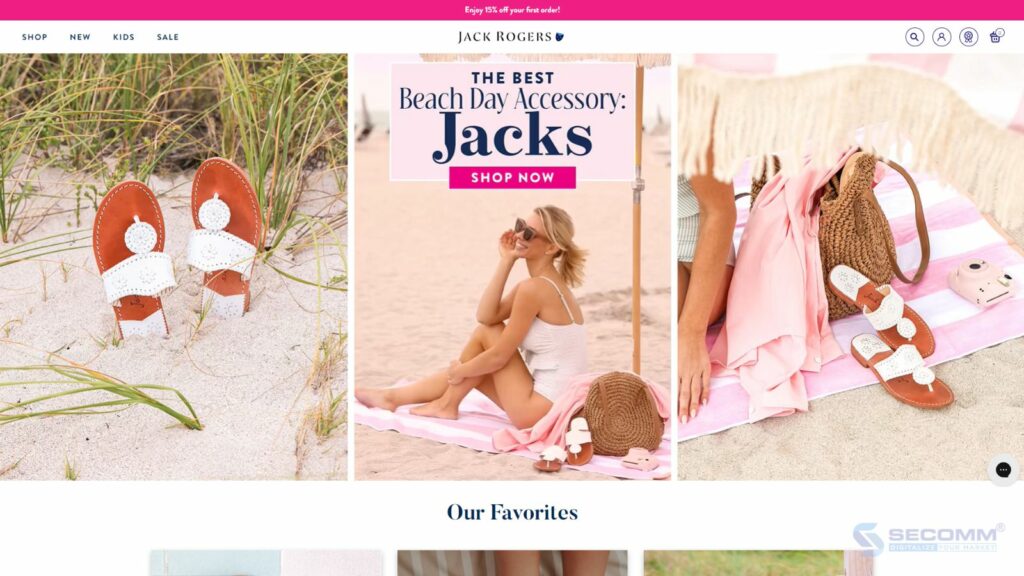

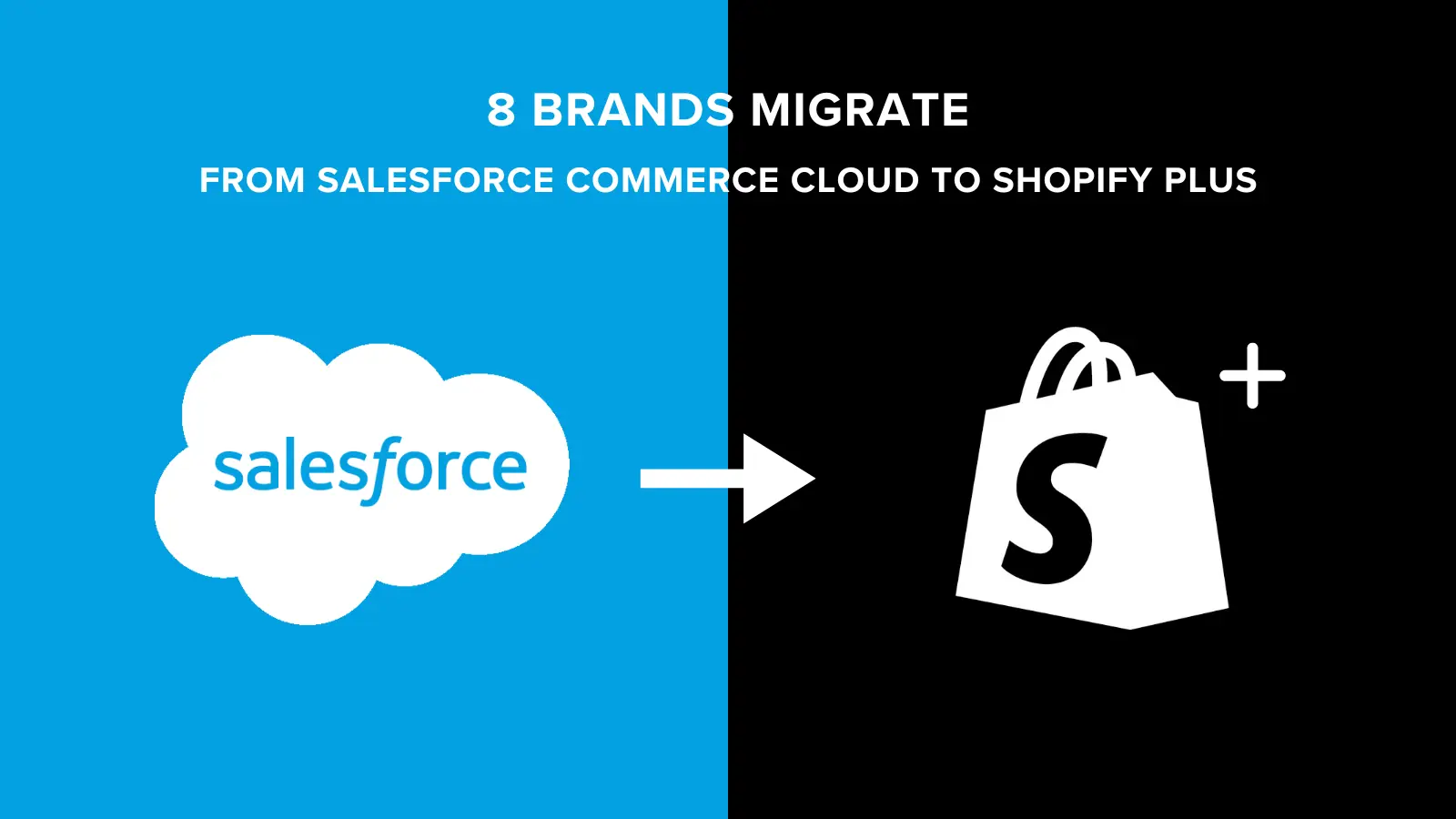


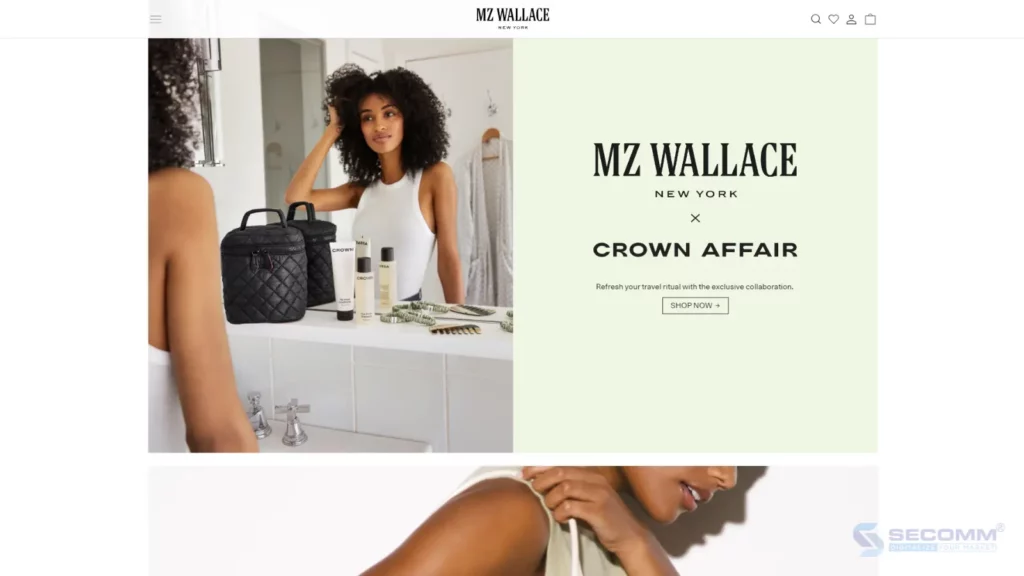
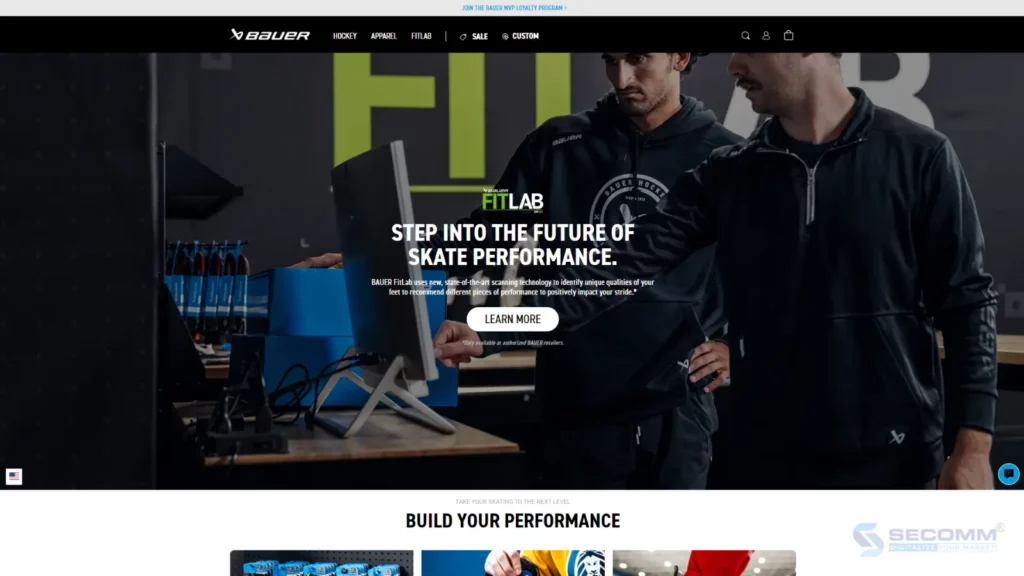

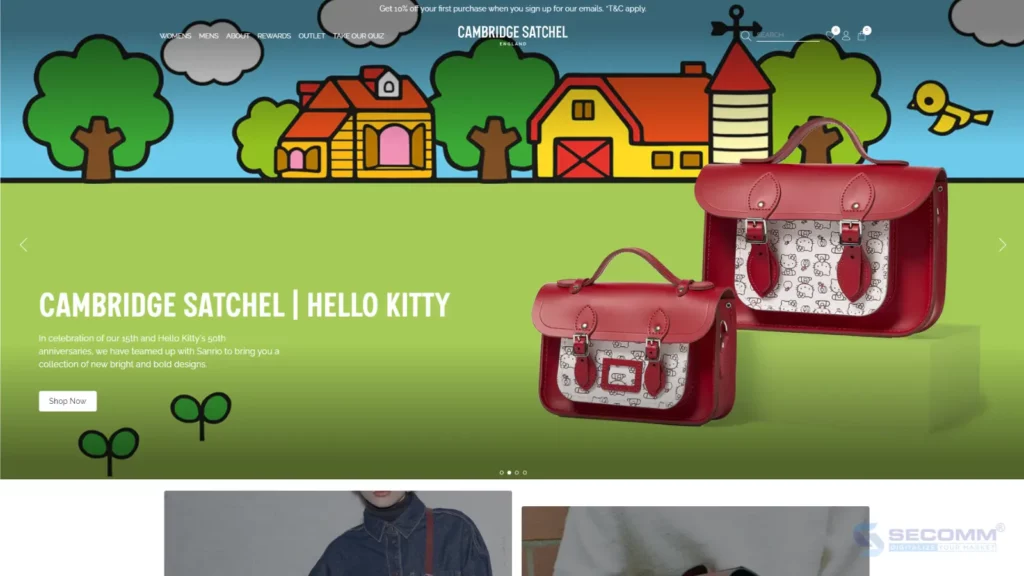
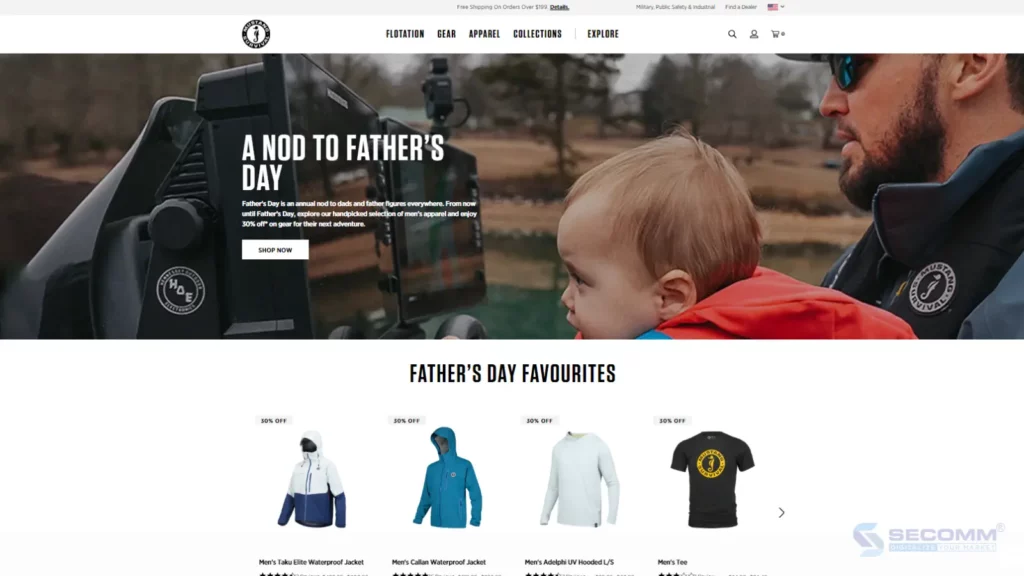

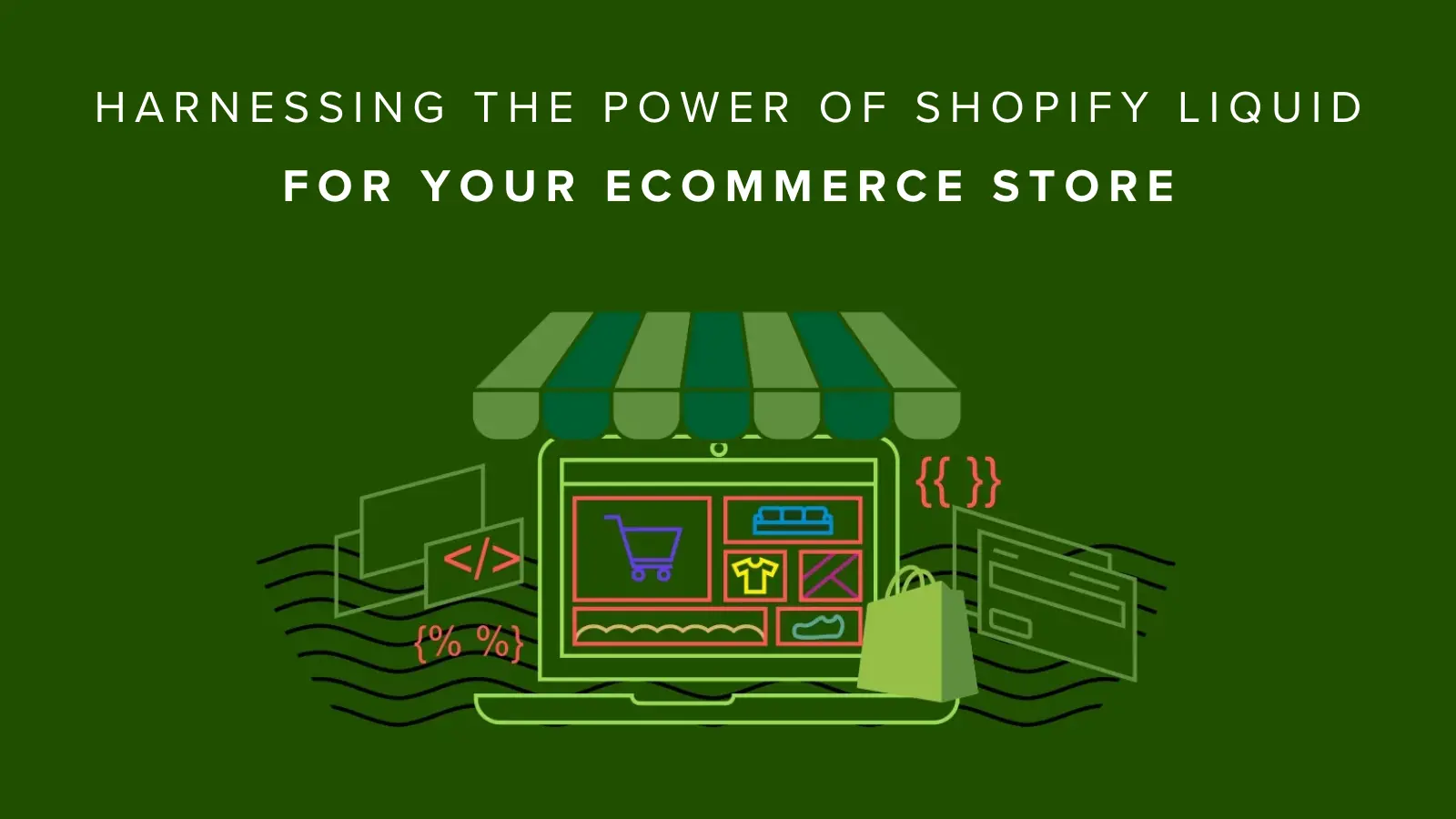
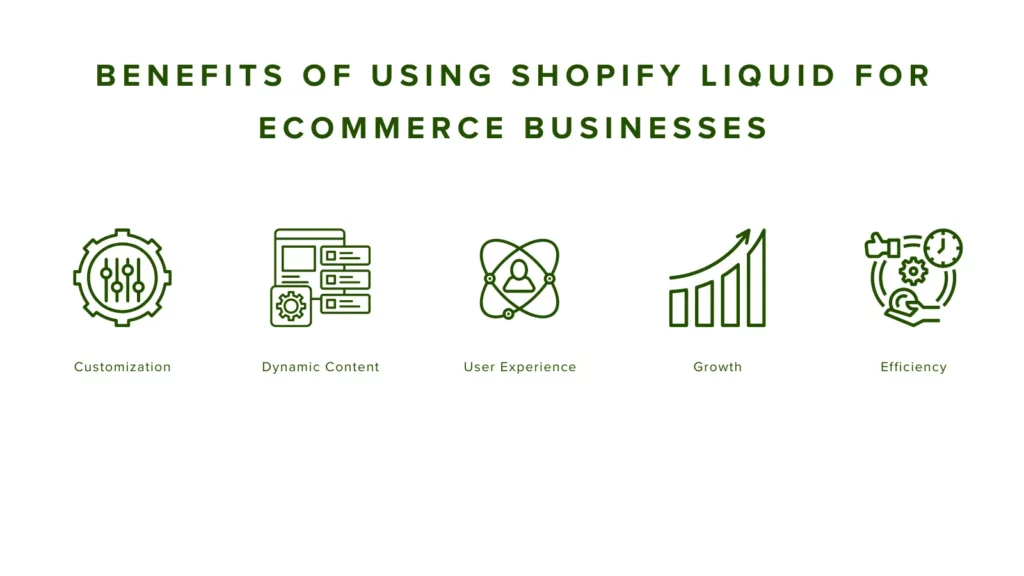
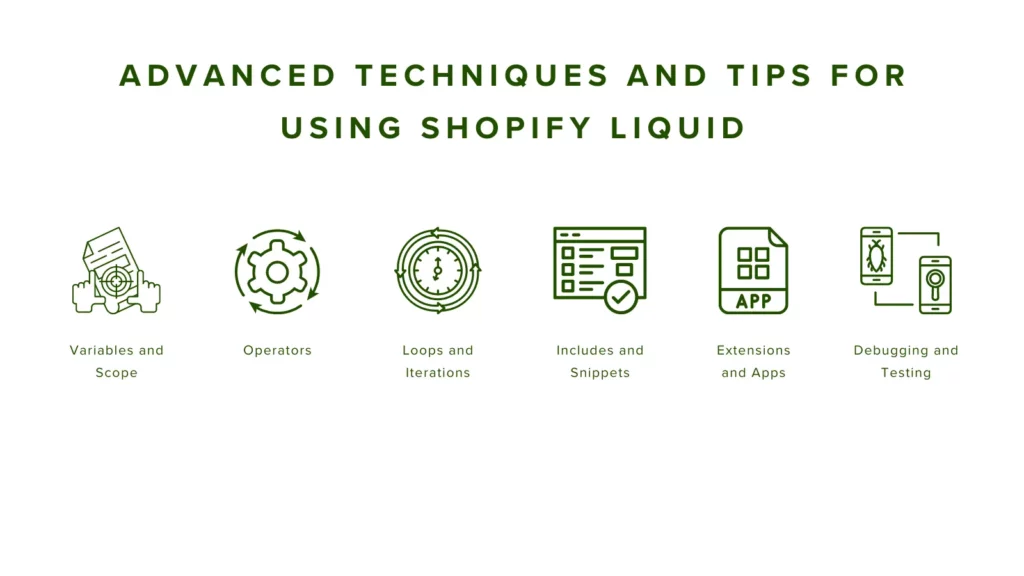

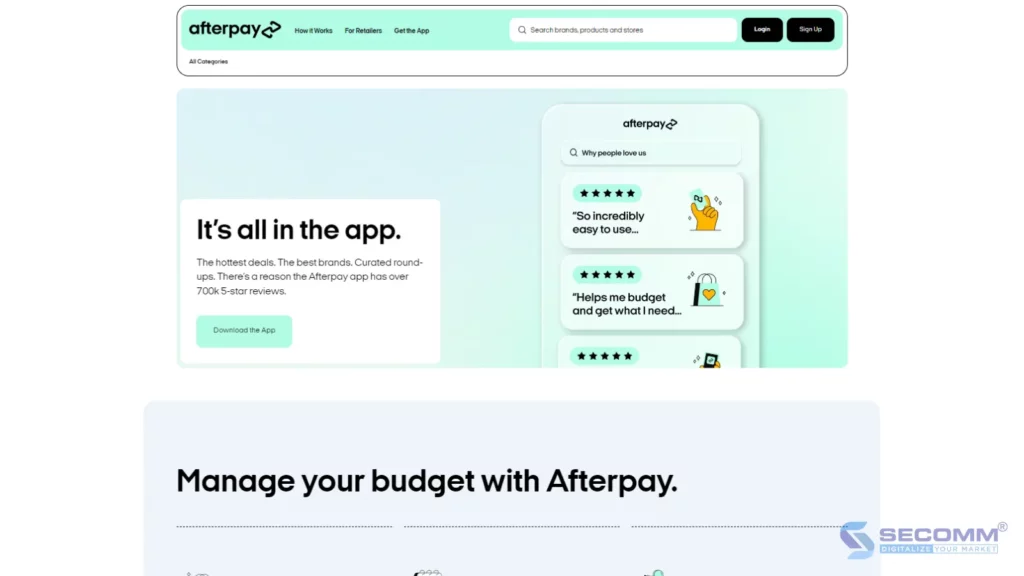
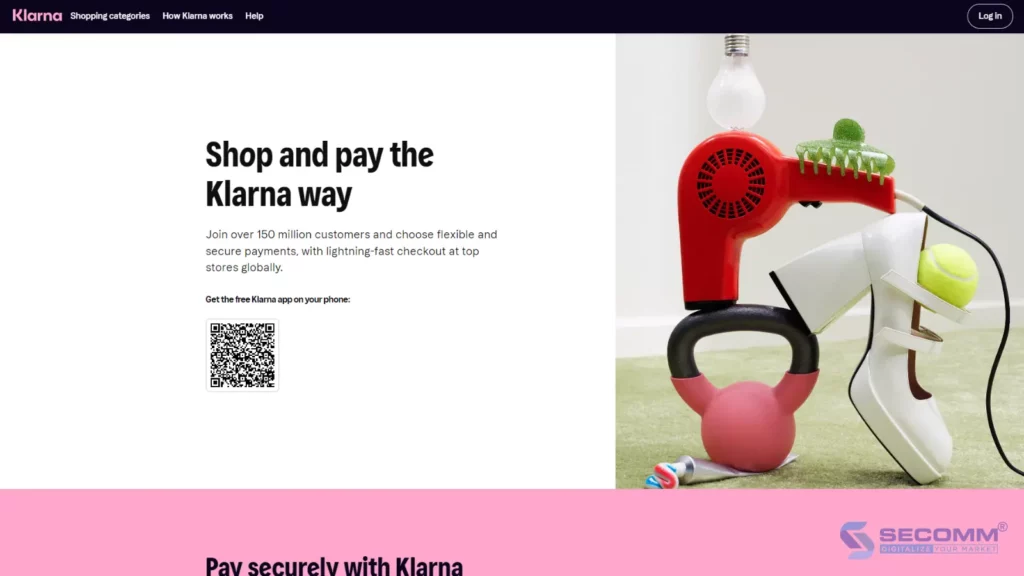
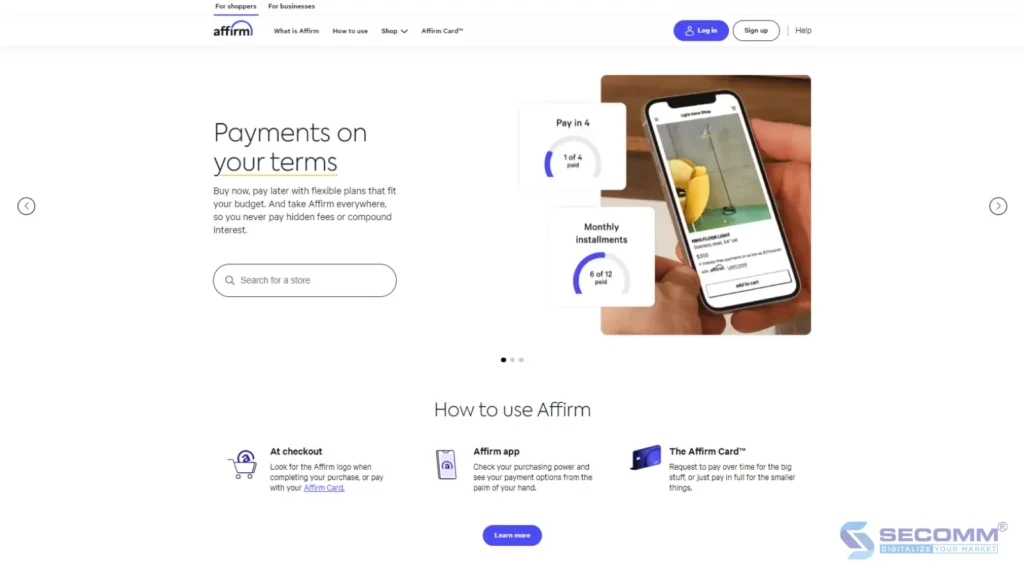
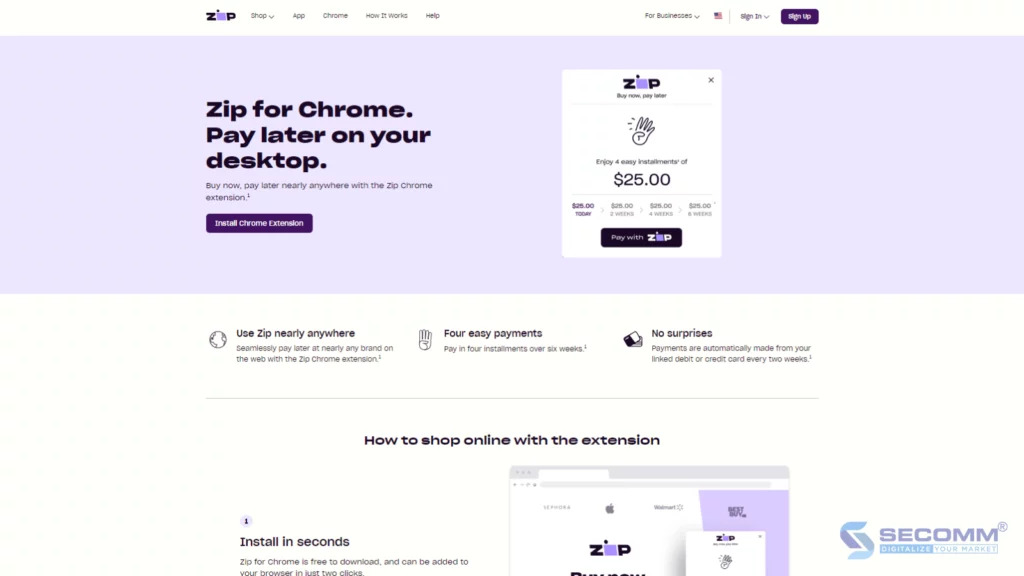
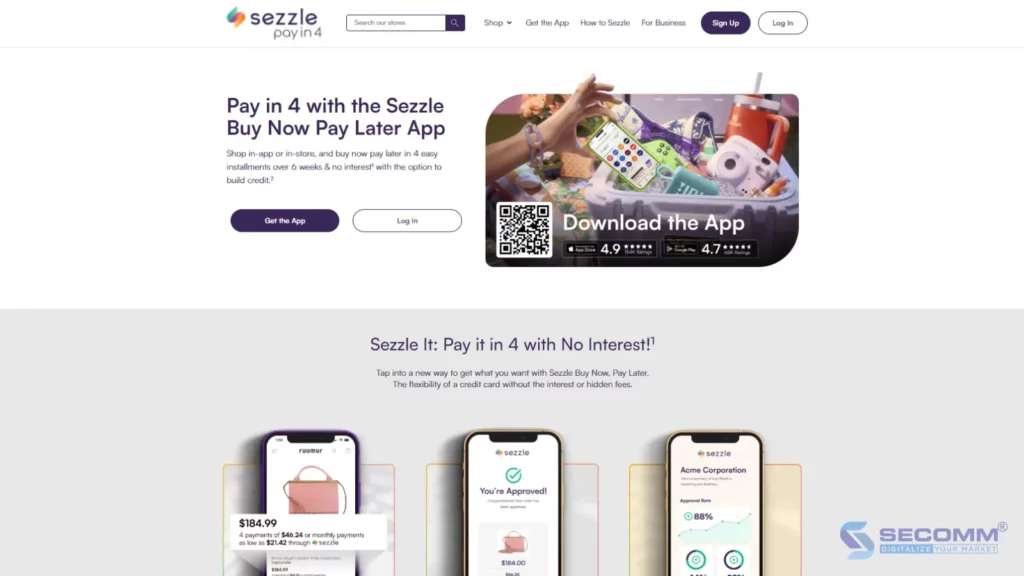
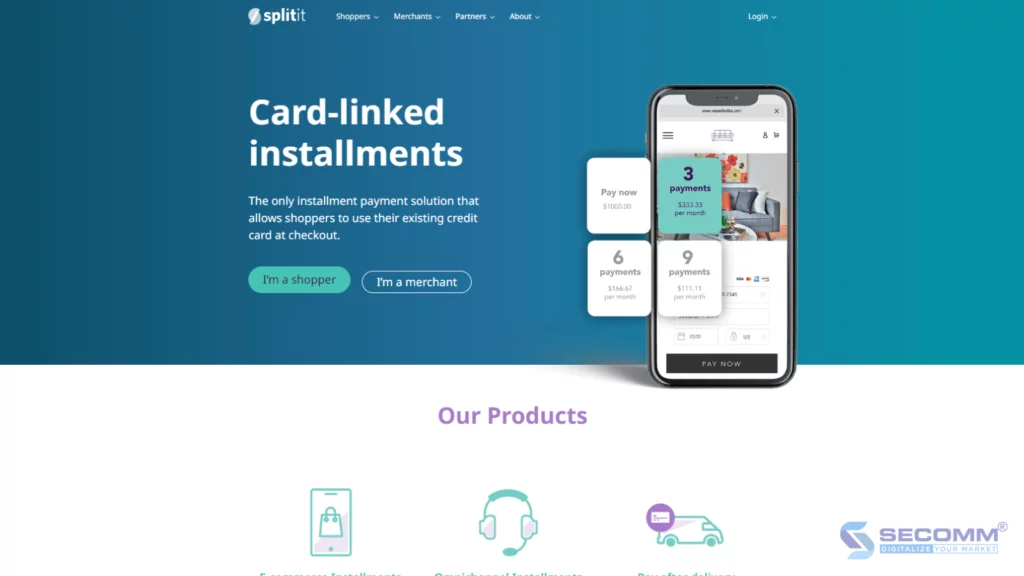
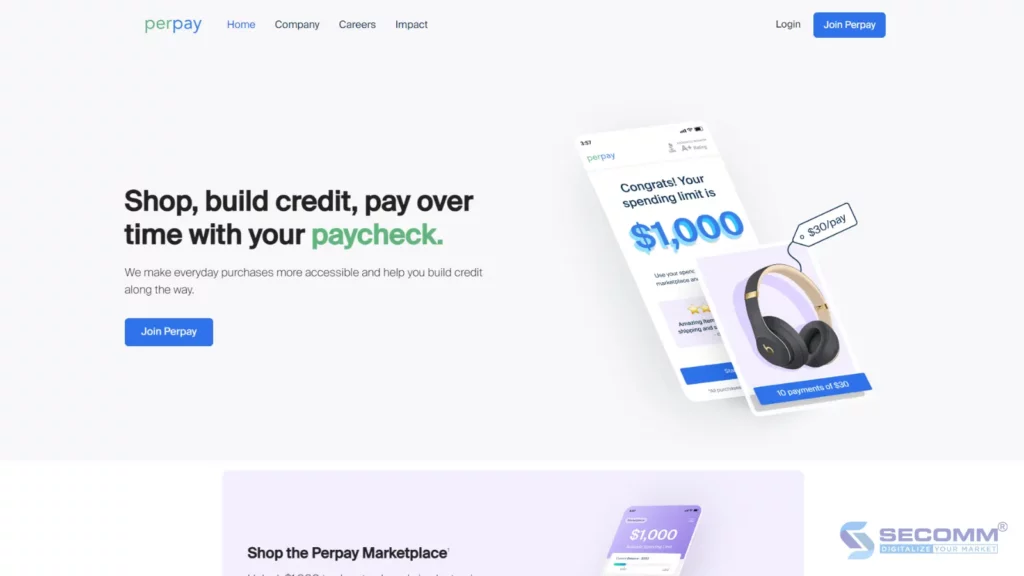
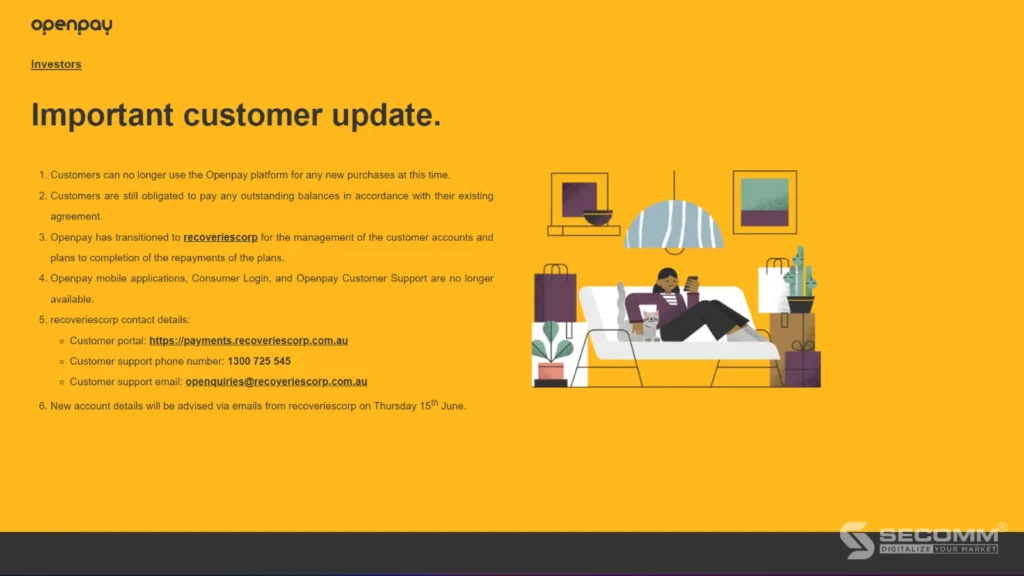
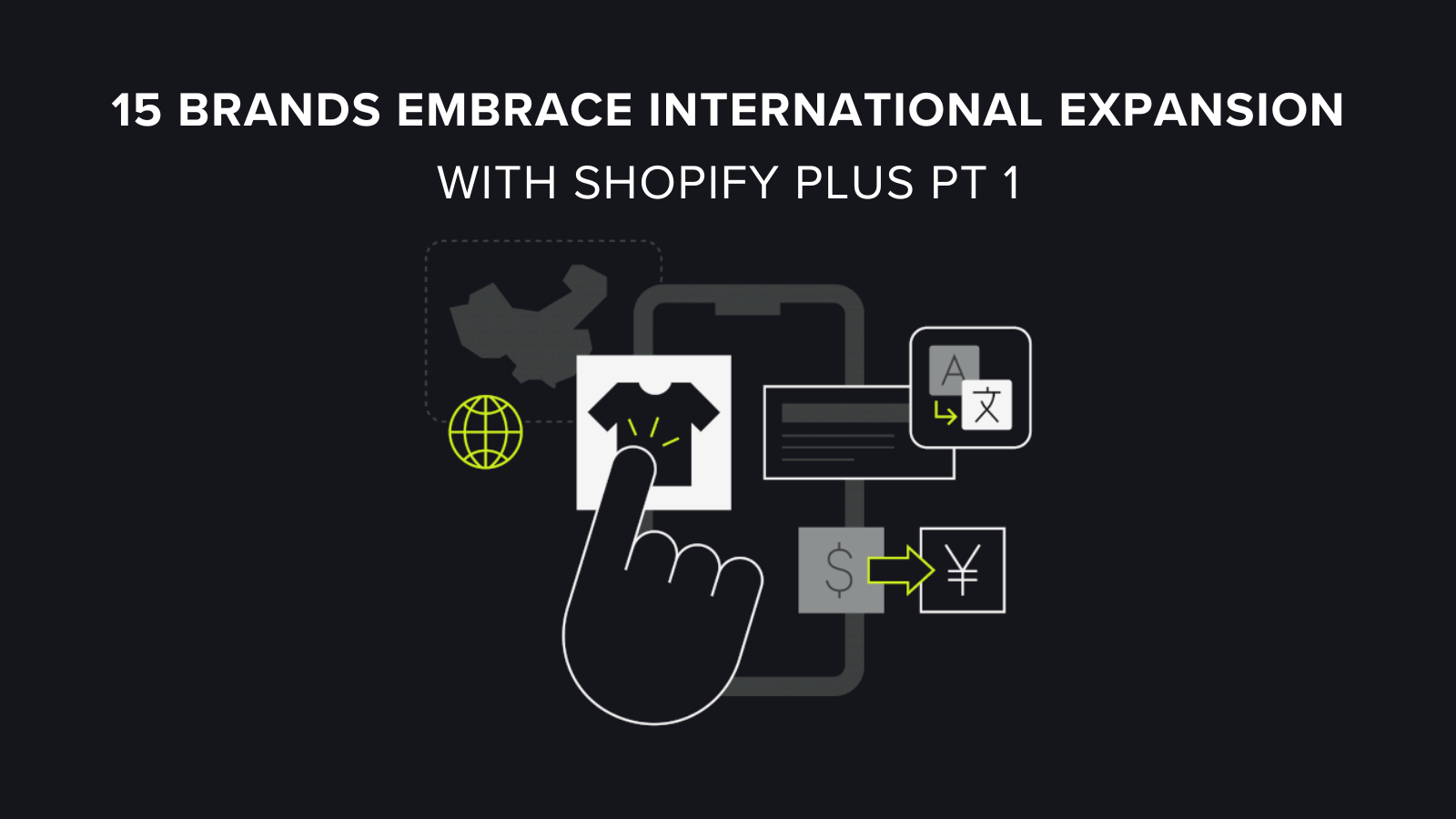
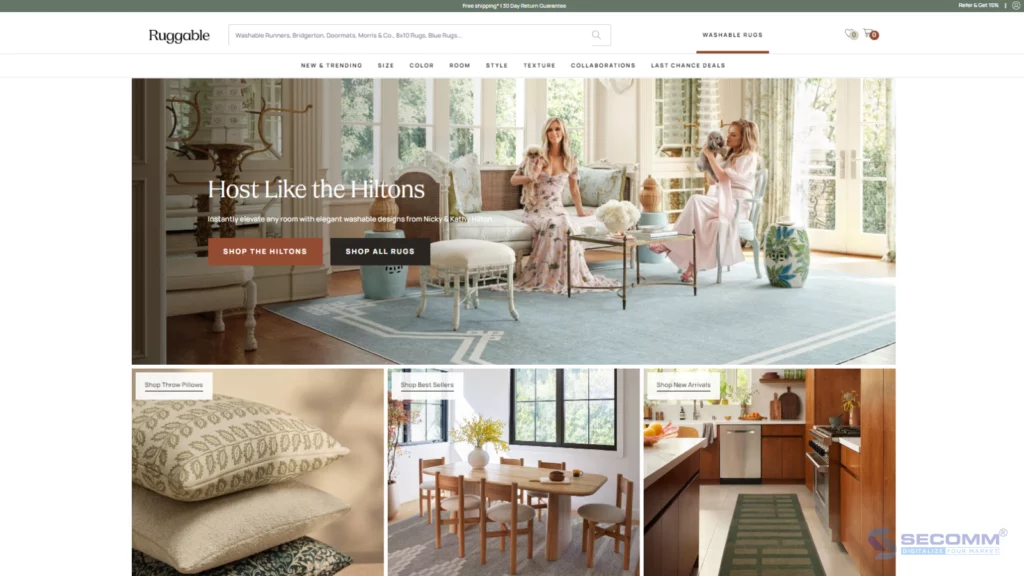
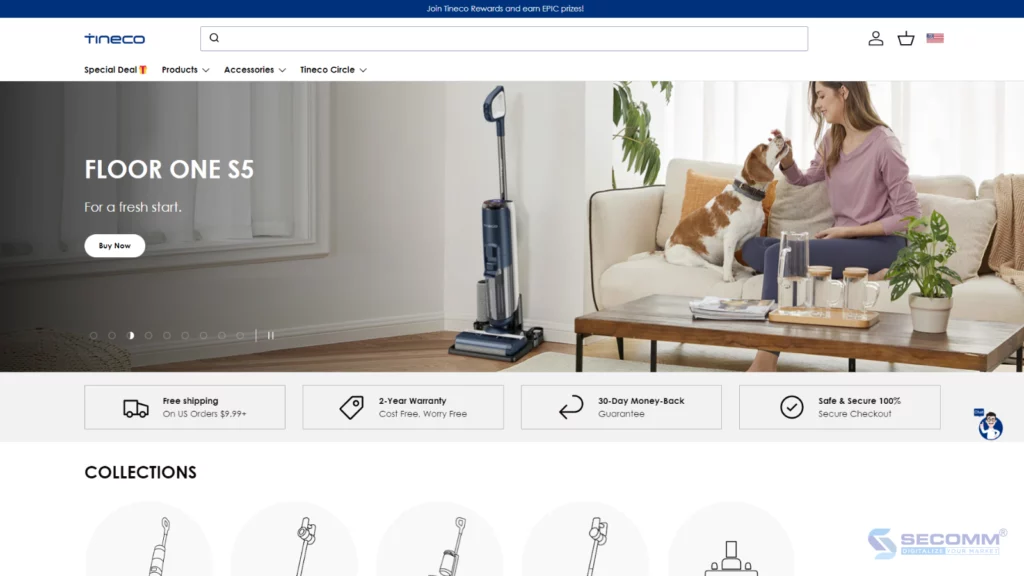
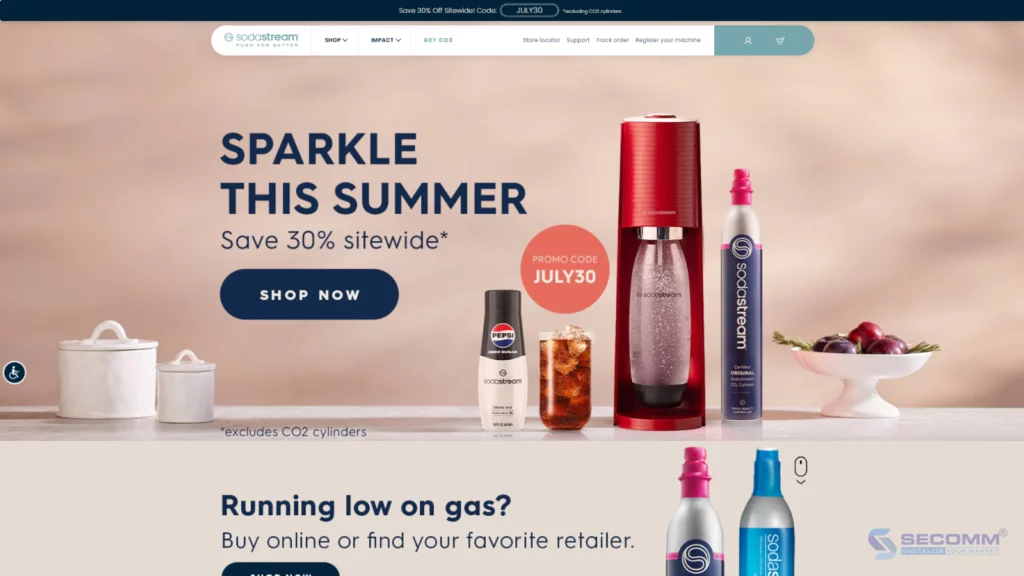
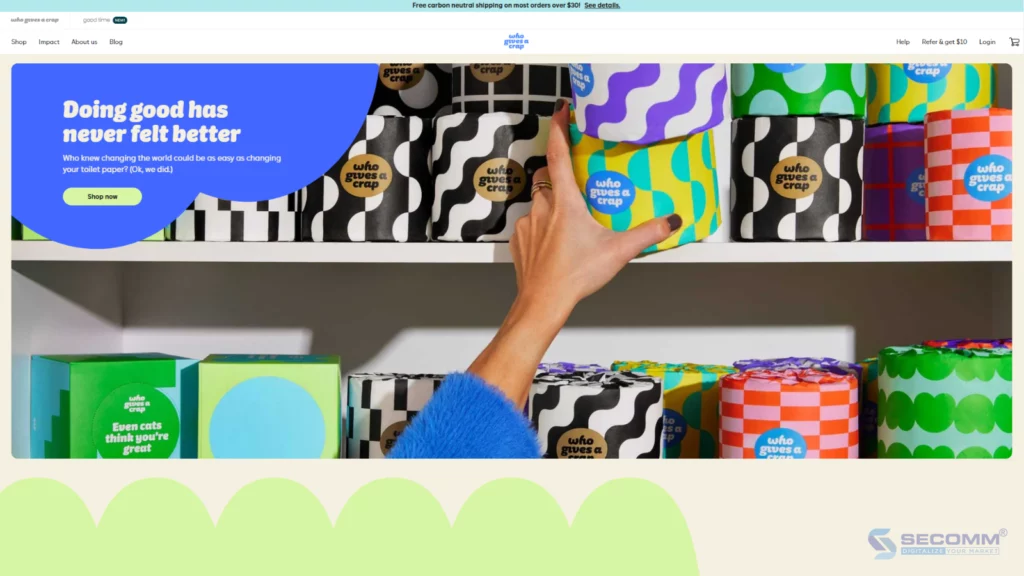
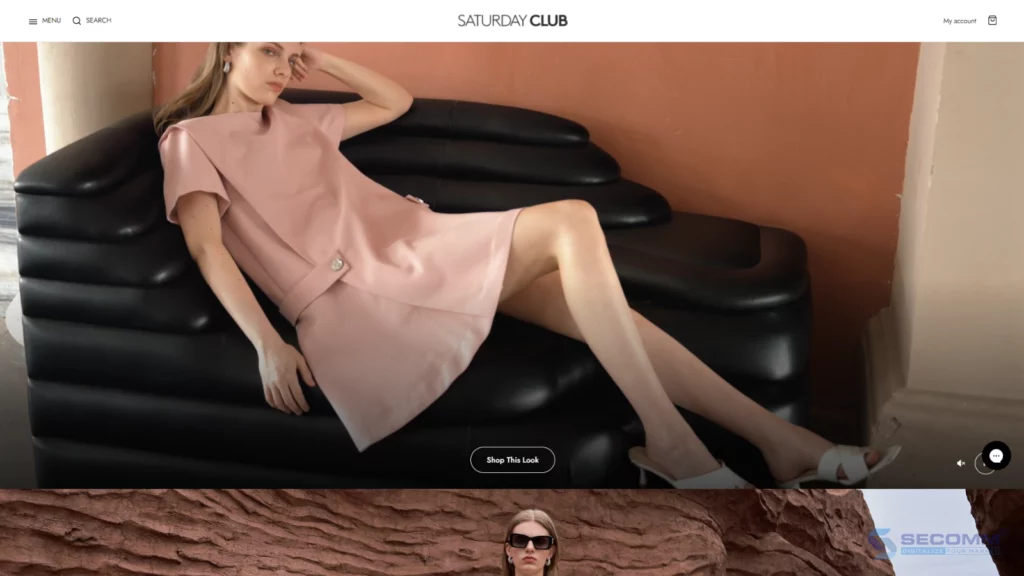

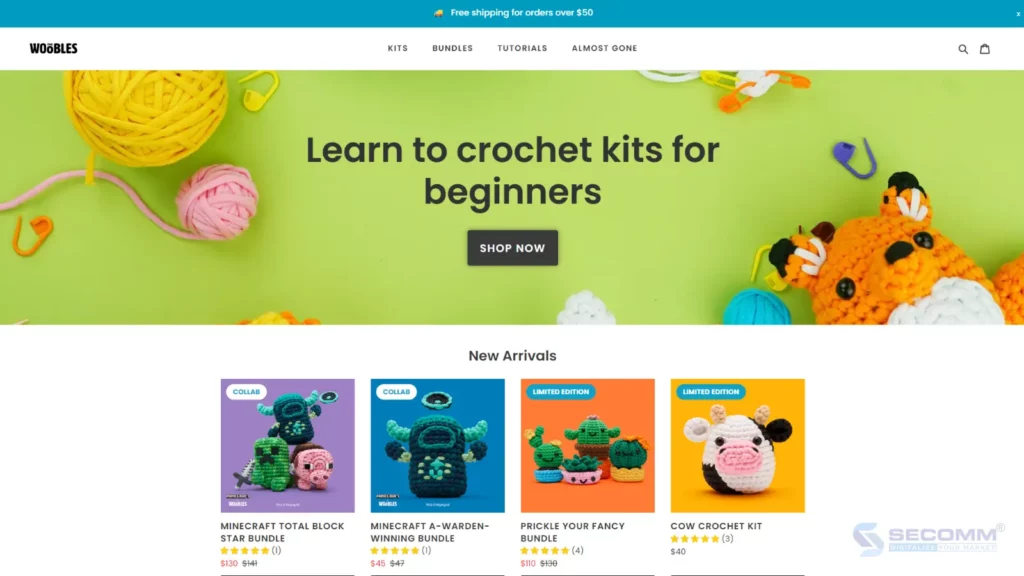
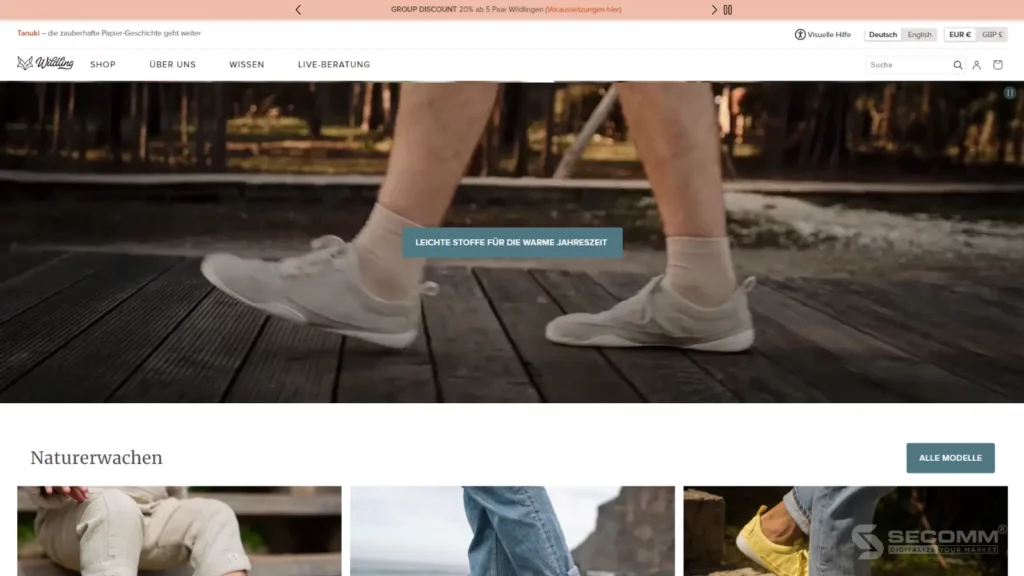
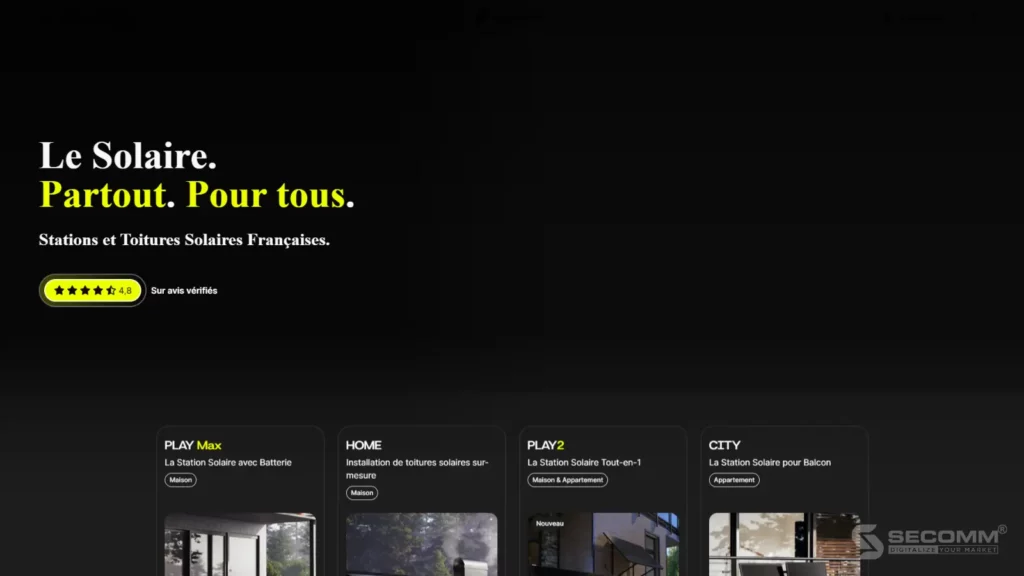
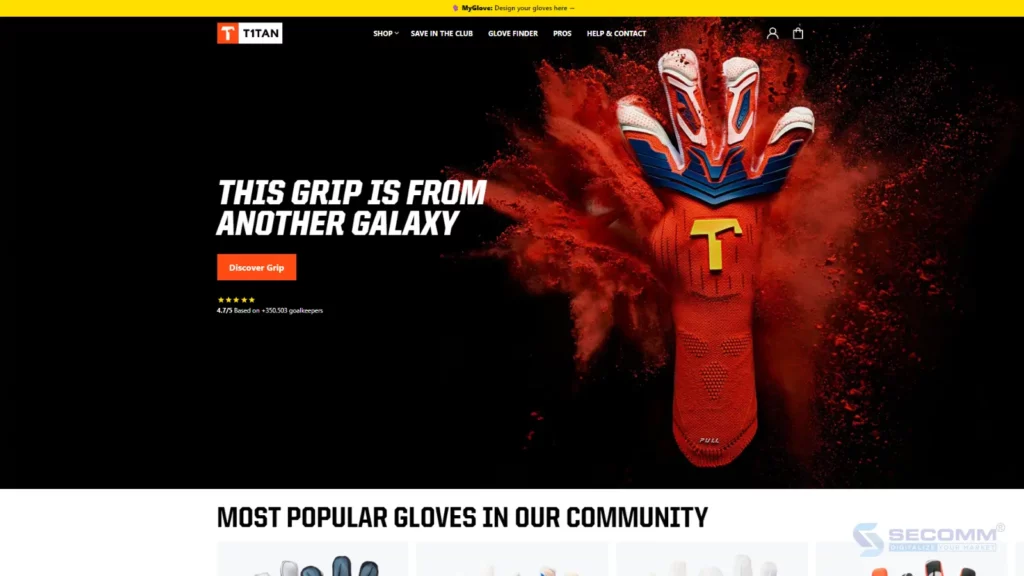
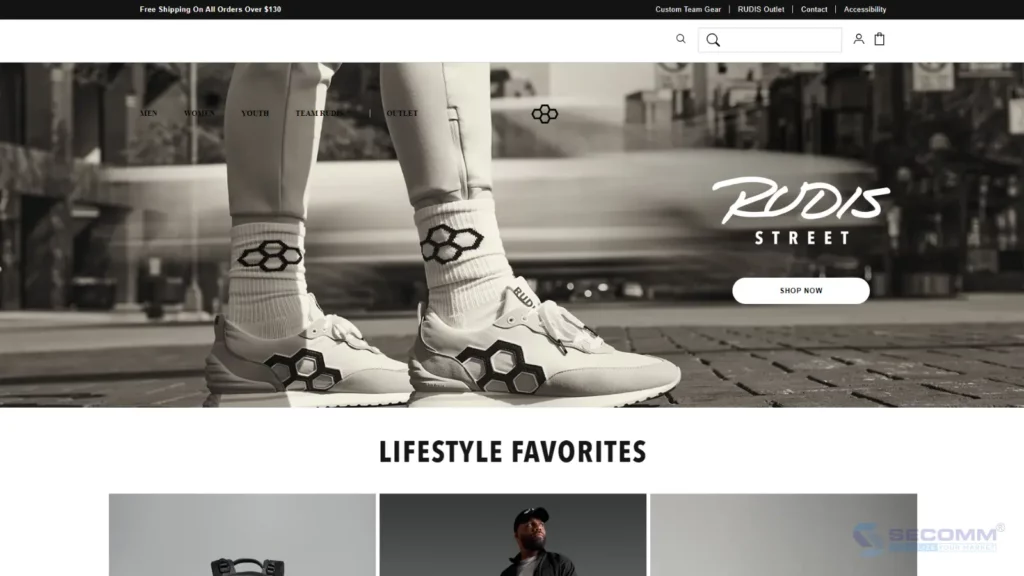
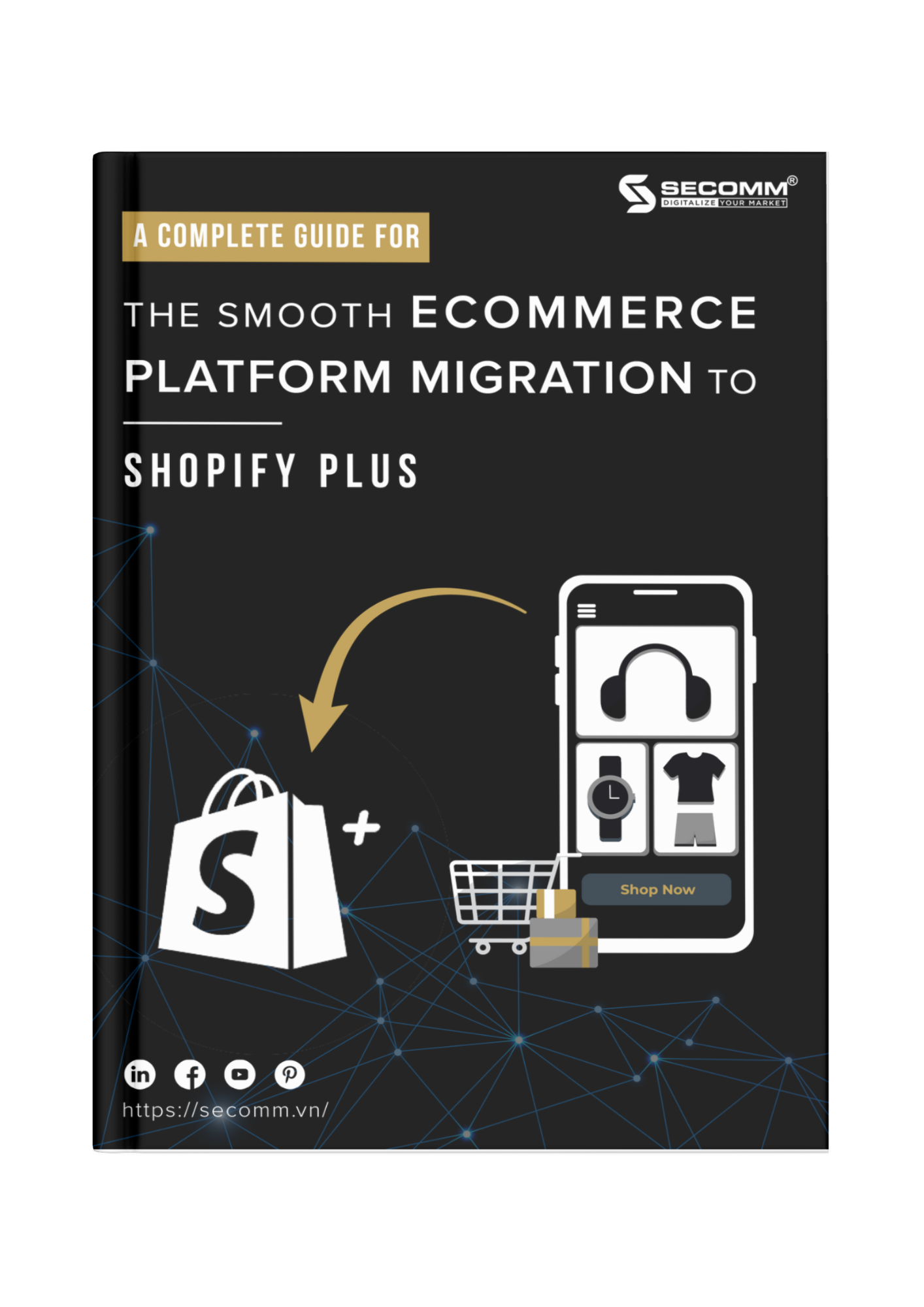



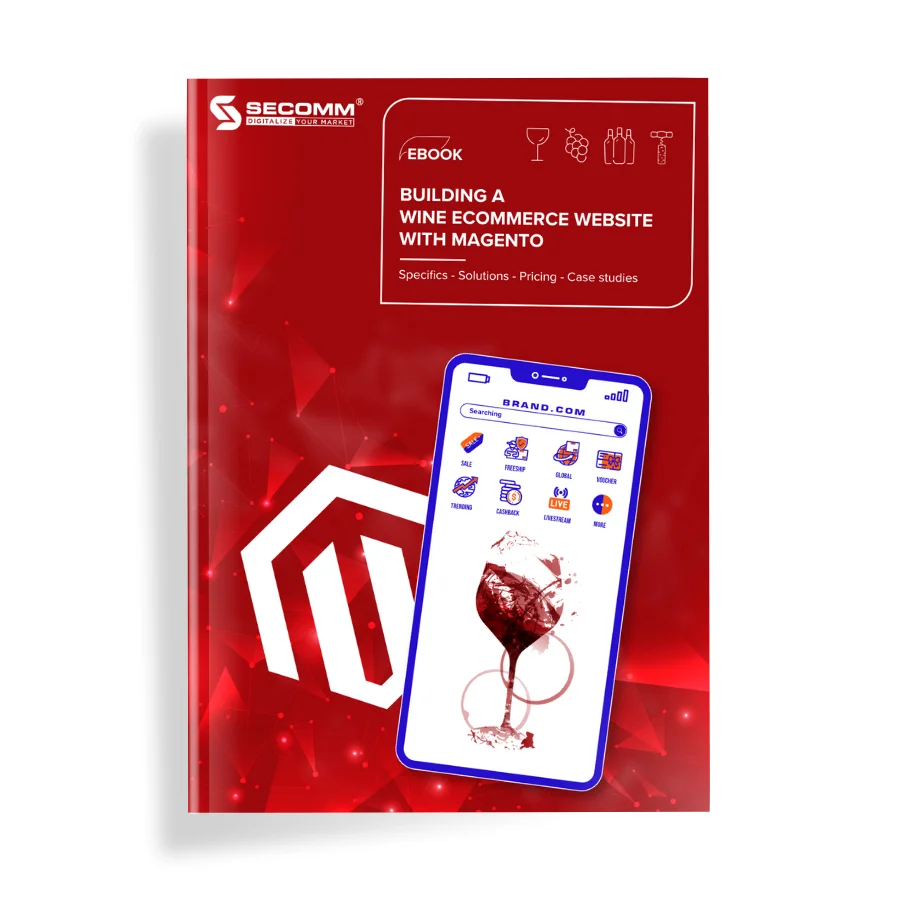
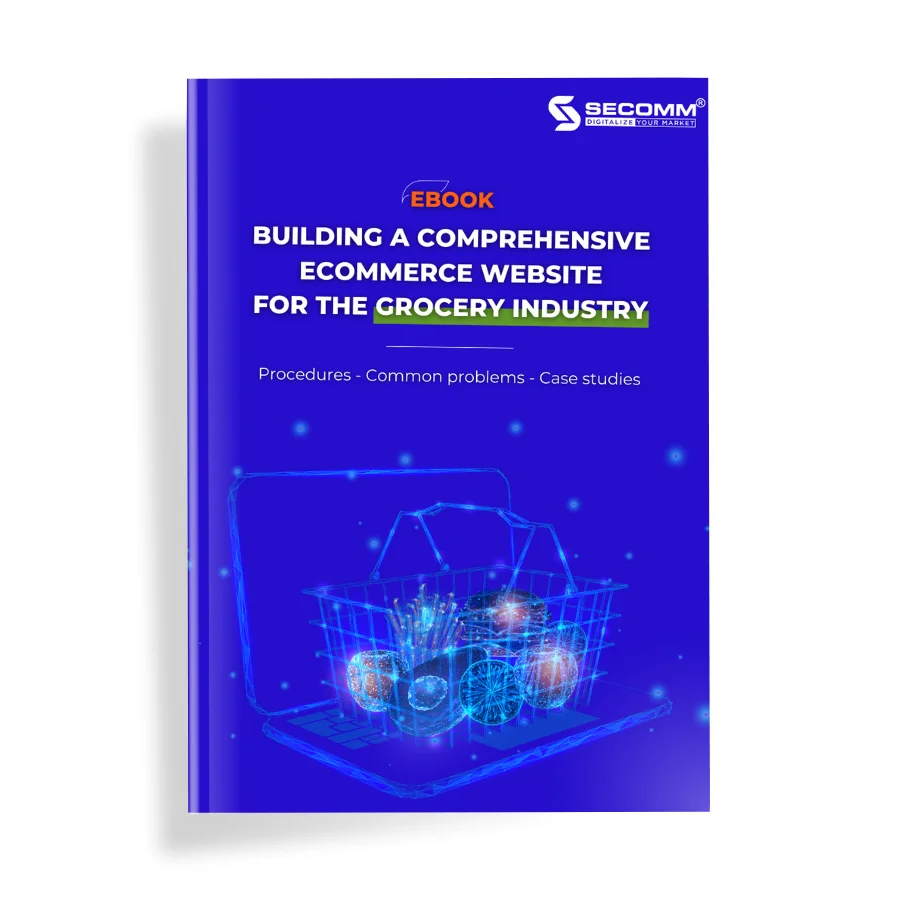
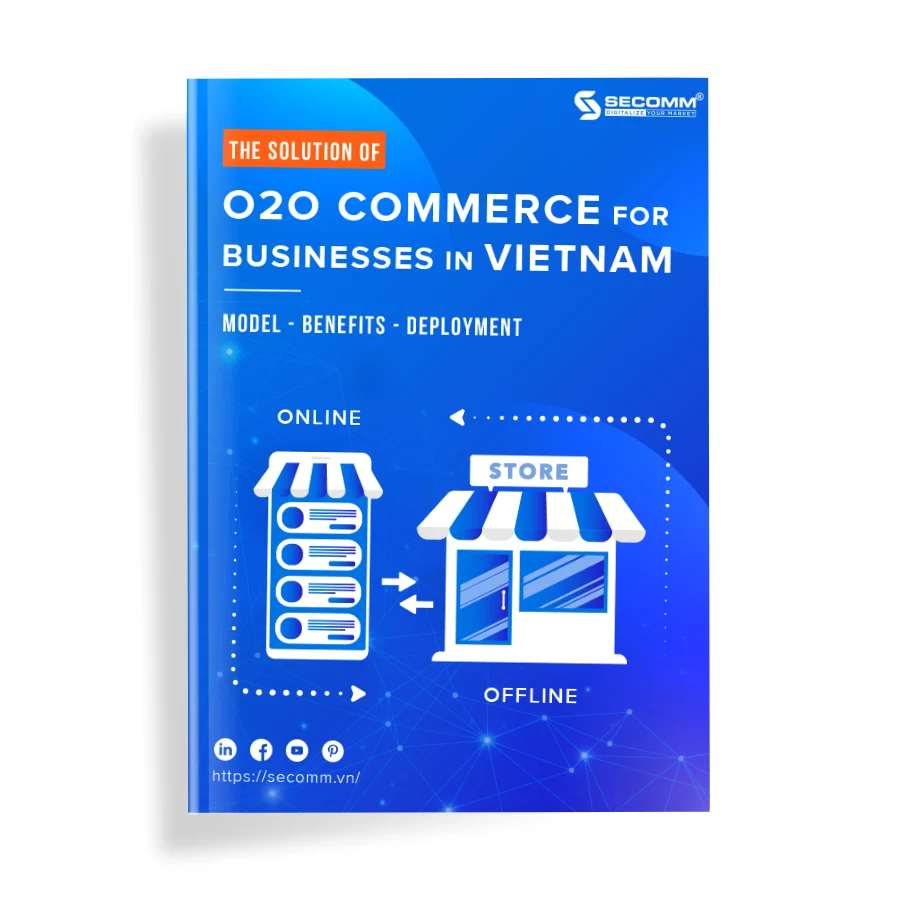
Comment (0)